Some of you may have noticed that I’m sending this newsletter out a day later than usual, though I suspect most have not. I am an inveterate procrastinator, and adhering to a regular schedule is the only way I’ll ever see this project through. Still, life sometimes gets in the way, and the unpredictability of travel can throw off even the best-laid plans, hence this special Friday edition.
Like last year, I’m going to take a two-week end-of-summer hiatus. However, unlike last year, I am going to spend the time helping my firstborn get ready for his first year of college. I’ll be back with a new neighborhood (and one less proofreader) after Labor Day.
Today, most people refer to Manhattanville as West Harlem. While geographically accurate, the dogleg that Harlem’s 125th St takes once it crosses Convent Avenue tells a different story.
In the early 19th century, Manhattanville was one of several small villages that dotted the landscape north of the city center at Manhattan’s tip. The village was situated in a deep valley at the mouth of Harlem Cove along either side of Bloomingdale Road, the well-worn Native American path that would eventually turn into Broadway. Manhattanville’s prime riverside location and proximity to another important and rapidly growing village, Harlem, made its development inevitable.
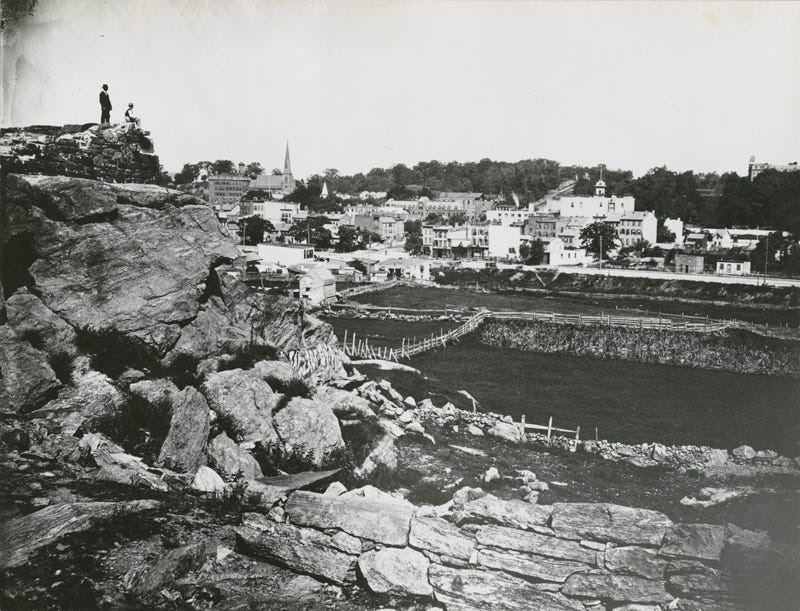
In 1806, Jacob Schieffelin, with brothers-in-law John B. Lawrence and Thomas Buckley, bought a chunk of land that included today’s Manhattanville.
Schieffelin parlayed his experience importing and selling pharmaceuticals into creating Schieffelin & Co., one of the most successful pharmaceutical and wine import companies in the US. Thanks to Schieffelin & Co., the country has been enjoying Hennessy Cognac for over 200 years.
They also made a killing importing heroin cough medicine.
Schieffelin and his brother-in-law hired a surveyor to lay out the streets, though, this being five years before the implementation of the Commissioners’ Plan of 1811, the roads did not conform to the city grid. Both Lawrence Street and Manhattan Street (which gives the neighborhood its name) cut diagonally south from the cove.
This animation combines a topographical map of the City of New York from 1865 by Egbert Viele (L.O.C.), a 1906 Matthews-Northrup Company map, and a current map. In the intervening years, Manhattan Street and Lawrence Street have been incorporated into 125th and 126th St, respectively.
The Schieffelins invested quite a bit into Manhattanville, as evidenced in this passage from The Public Advertiser from 1807:
A flourishing little town, pleasantly situated near the banks of the Hudson, about eight miles from City-Hall… first projected and laid out twelve months ago by Mr. Schieffelin and others, since which an Academy has been erected, where are taught by persons of superior qualifications, the Latin, French and English Languages… A very excellent public house has been built and opened, together with many private houses and a ferry established to the opposite shore of the North [Hudson] river… and a market is contemplated to be finished in the course of the present summer.1
The Schieffelins also donated the land for Saint Mary’s Church, the first church in the city where you could pray for free. You can still find them there today.
HOPE SPRINGS
In what, as far as I can tell, is purely coincidence, Daniel F. Tiemann started working as an errand boy in the Schiefflin & Co. drugstore on Pearl Street when he was 13. Several years later, Tiemann inherited his father’s company and, in 1838, built the D.F. Tiemann & Company Paint & Color factory in Manhattanville, jumpstarting the development of the area as a center for industry. In no time, the area was what author and historian Eric K. Washington called the “uppermost touchstone of [the] city’s pulse.”

Tiemann, who would briefly serve as the Mayor of New York City, located his factory in Manhattanville to take advantage of the natural springs underneath the building.
Access to a seemingly unlimited supply of pure spring water also attracted several breweries that soon became the area’s dominant industry.
In the blocks between 126th and 128th Streets, a succession of breweries like the Excelsior, the Betz, the Yuengling, and the Bernheimer & Schwartz, pumped out thousands of barrels of lagers and pilsener daily.
A particularly obsequious NY Times write-up of the admittedly impressive Yuengling brewery sounds like its author must have taken full advantage of the complimentary samples. The reporter starts with the disclaimer that “a thorough tour through this brewery is considerably more than a day's task, and is also one which will be remembered by the one who makes it as the event of his life.” He writes glowingly about the cellars, which stored 50,000 barrels of beer, the bottling facility where “the machines seem almost to have been endowed with human intelligence,” and the spotless stables, of particular interest to “lovers of horseflesh.”
The article’s highest praise was saved for the brewery’s head honcho, Mr. David G. Yuengling, Jr., a “gentleman of culture and refined artistic taste” with a flair for interior decoration. The brewery's private apartments were furnished in a “perfect harmony of color and material” with “oil paintings and costly bric-a-brac” and were connected by Russian and plunge baths.
As fantastic as that all sounds, the Wonka-esque Yuengling brewery was purchased and subsequently demolished by the Bernheimer & Schwartz Pilsener Brewing Company, replacing it an even larger brewing complex.
I Just Want To Bang On The Drum All Day
At the age of 62, Simon Bernheimer, co-owner of the brewery, wasn’t really that into beer. Maybe his partner’s suicide the year prior had something to do with it. Maybe it was the hops. Whatever the reason, Bernheimer didn’t want to work; he just wanted to play the drums.
And the one band that he most wanted to gig with? The Mystic Shriners' Mecca Temple band. While that may sound like the best psychedelic doom rock band you’ve never heard, it was actually the house band for the city’s Freemason society. Bernheimer said he would “die happy if only he could become a member.”
To play in the band, first, he had to become a Mason, which he gladly did. Then, he would have to wait his turn. He religiously attended rehearsals, though he wasn’t actually allowed to play.
On July 25th, 1922, the regular drummer had another gig, and finally, Bernheimer got the nod.
He excitedly took the stage and joined the Mecca Temple band for what must have been a particularly rousing rendition of Wagner’s Song of The Evening Star from the Tannhauser opera. During the middle of the performance, the enthusiastic drummer keeled over, dead but, presumably, happy.
Interestingly, I can’t find a single performance of the Evening Star with even a suggestion of a percussion part.
Despite the loss of its founders, the newly opened Bernheimer & Schwartz thrived until the passage of the Volstead Act brought the party to a close. On July 12th, 1923, prohibition officers began pouring 836,000 gallons of Bernheimer & Schwartz beer into the sewer.
GOT MILK?
Beer wasn’t the only beverage being manufactured in Manhattanville. The neighborhood, conveniently located between the farms of upstate and the thirsty infants of the city, was also once home to several dairy operations.
The outcry over the ill effects of swill milk, like the toxic brew coming out of Blissville, sparked a push for new regulation. In 1912, New York City made milk pasteurization mandatory. The Sheffield Farm Dairy facility in Manhattanville was a paragon of modern milk pasteurization and bottling techniques. It even had public observation rooms so people could see how meticulously they went about their work.
Columbia University bought the foremen Sheffield building in 1949, and it is now known as Prentis Hall, home to the Computer Music Center (CMC), the country's oldest electronic and computer music research center.
Here is a short but informative documentary covering the rise of Manhattanville’s dairy industry.
FLUFFY FEASTS
Around the same time Manhattanville’s sewers were flowing with beer, the streets were swimming in the fluffy concoction known as Charlotte Russe. In 1921, a horse pulling a wagon full of the treats got spooked and started galloping down Broadway, eventually crashing into an elevated pillar, sending boxes of pastries into the intersection of 133rd and Broadway.
A local policeman had to rescue the deliveryman, Willie Guralick, from the “morass of cream” and bring him to the hospital, where he was treated for “shock and submersion.” In a scene reminiscent of the great chocolate river of Wallabout, the kids of Manhattanville gorged themselves on the confectionary carnage.
If you, like me, have never heard of a Charlotte Russe, the New York variation (pronounced “Charley Roosh”), it is the progenitor of the cake push pop, a thin disk of sponged cake topped with an excessive amount of whipped cream and a Maraschino cherry. It was often wrapped in a cardboard cup with a loose bottom that you would push from the bottom up to dispense the treat.
If you are looking for your own fluffy feast, you will have to head out to Staten Island, where Holtermann’s, a 145-year-old bakery, is still cranking out Charlotte Russes daily.
THE MINK BUILDING
The Mink Building is the largest, most intact remaining structure from the brewery’s heyday. It was named after one of the building’s post-brewery tenants, the Interborough Fur Storage Company, who provided a climate-controlled place for Manhattan’s high society to stash their pelts over the summer.
Today, the Mink building is part of a larger complex of modern buildings grafted onto and around the old brewery footprint. Developed by Janus Property, the “Factory District,” which stretches between West 125th and 128th streets, is a strange amalgamation of old brick and new glass that appears sorely in need of tenants.
A recent Curbed piece has lots of good photos and goes into quite a bit of detail on the controversial development.
While the “Factory District” plays off Manhattanville’s industrial past, the new Columbia University Manhattanville campus obliterates it. A master plan devised by the Renzo Piano Building Workshop and Skidmore Owings & Merrill reshaped roughly seventeen acres of Manhattanville, filling them with several new buildings, including the Jerome L. Greene Science Center, the Lenfest Center for the Arts, and (another) David Geffen Hall designed by Diller Scofidio + Renfro.
The fact that Columbia invoked eminent domain to complete the $6.3 billion project has not endeared them to locals who fear the fallout from the inevitable gentrification of their neighborhood. But hey, at least they have a climbing gym now.
SIGHTS AND SOUNDS
This week’s audio is a mix of random street chatter and the near-constant rumble of overhead trains. It ends with some songbirds singing underneath the girders of the Riverside Drive Viaduct.
FEATURED PHOTOGRAPH
Here is another photo from the great Berenice Abbott, taken under the Riverside Drive Viaduct. At the time of the viaduct’s construction in 1902, the girders were the largest that had ever been built. The 26 bays of filigreed steel, lifting Riverside Drive 90’ above the surface streets, is perhaps the neighborhood’s most recognizable landmark.
When Abbott photographed the viaduct for her Changing New York project, the 20-story high gas tank that stored fuel for the neighborhood had yet to be torn down.
ODDS AND END
Next time I’m in the neighborhood, I’m definitely visiting the Baylander, the world’s smallest aircraft carrier (helicopters only) turned floating bar and restaurant.
Manhattanville’s resident historian is Eric K. Washington. His book Manhattanville: Old Heart of West Harlem was invaluable in my research about the neighborhood.
When I read that D.F. Tiemann and Co. was the first company in America to produce carmine from cochineal, I had to learn more. That led me down a cochineal rabbit hole, which you may want to avoid if you are a fan of Nerds or strawberry yogurt. The cochineal is an insect that lives on the pads of prickly pear cacti. When crushed, the female releases a bright red dye called carminic acid.
When the Spanish conquistadores saw the colors that the Incas and Aztecs were capable of producing by harvesting, drying, and grinding these bugs, they began to import vast quantities of the stuff back home. At one point, carmine was a commodity as valuable as gold and silver and was particularly popular with oil painters from Titian and Tintoretto to van Gogh and Velázquez. Today, it’s still used as a dye and is commonly found in food and cosmetics. If you ever have the chance to enjoy a Charlotte Russe, now you know what makes that cherry on top so electrifyingly red.
A short film shot by Thomas Edison of people leaving the Claremont Theater in 1915. If this clip is any indication, running a haberdashery in 1915 would be nearly as profitable as owning a 17th-century cochineal importation business.
Daniel Tienmann's greatest contribution to the city as mayor was mandating that street names be affixed to lampposts.
https://www.immigrantentrepreneurship.org/entries/jacob-schieffelin/#_ednref87





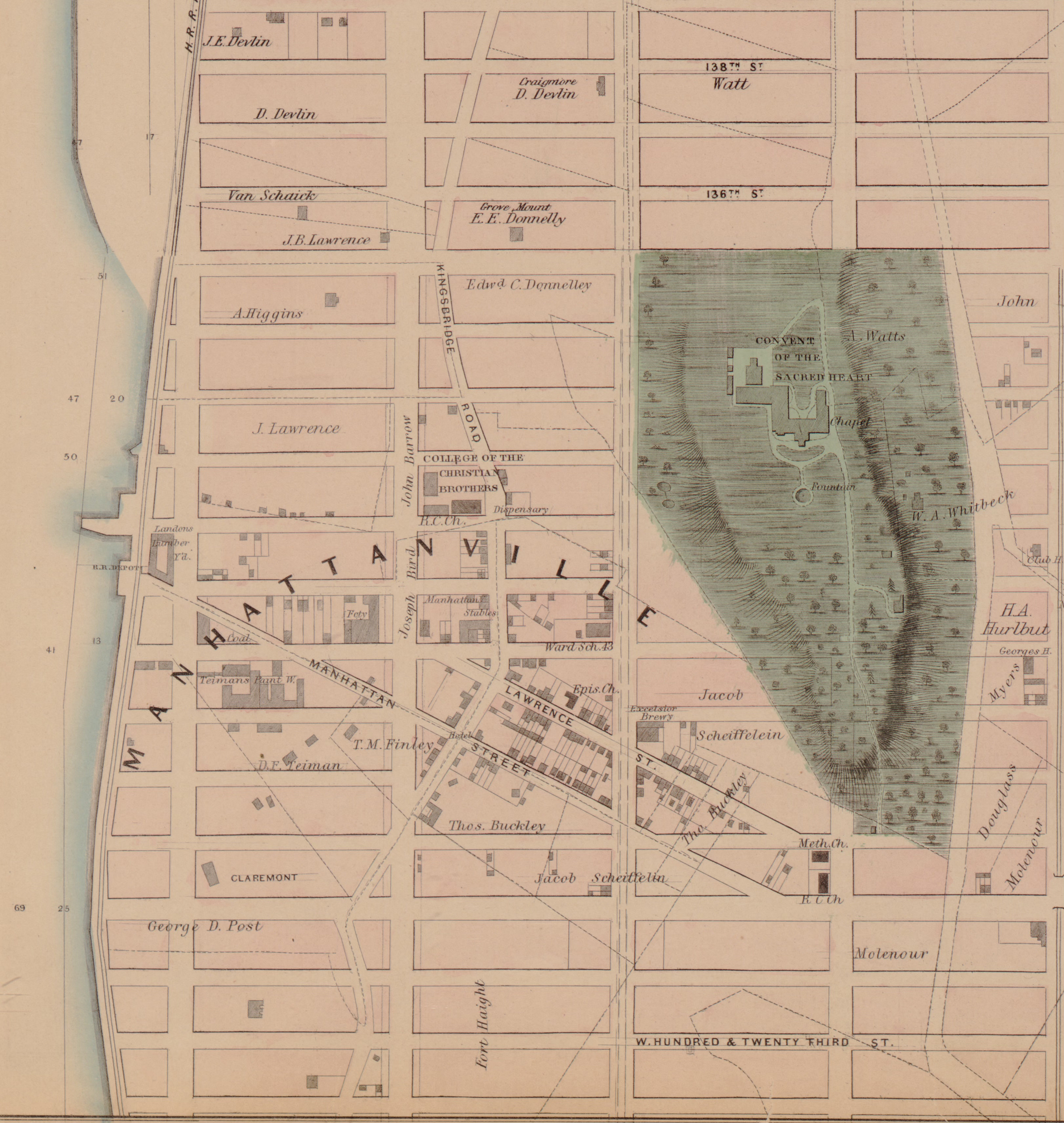
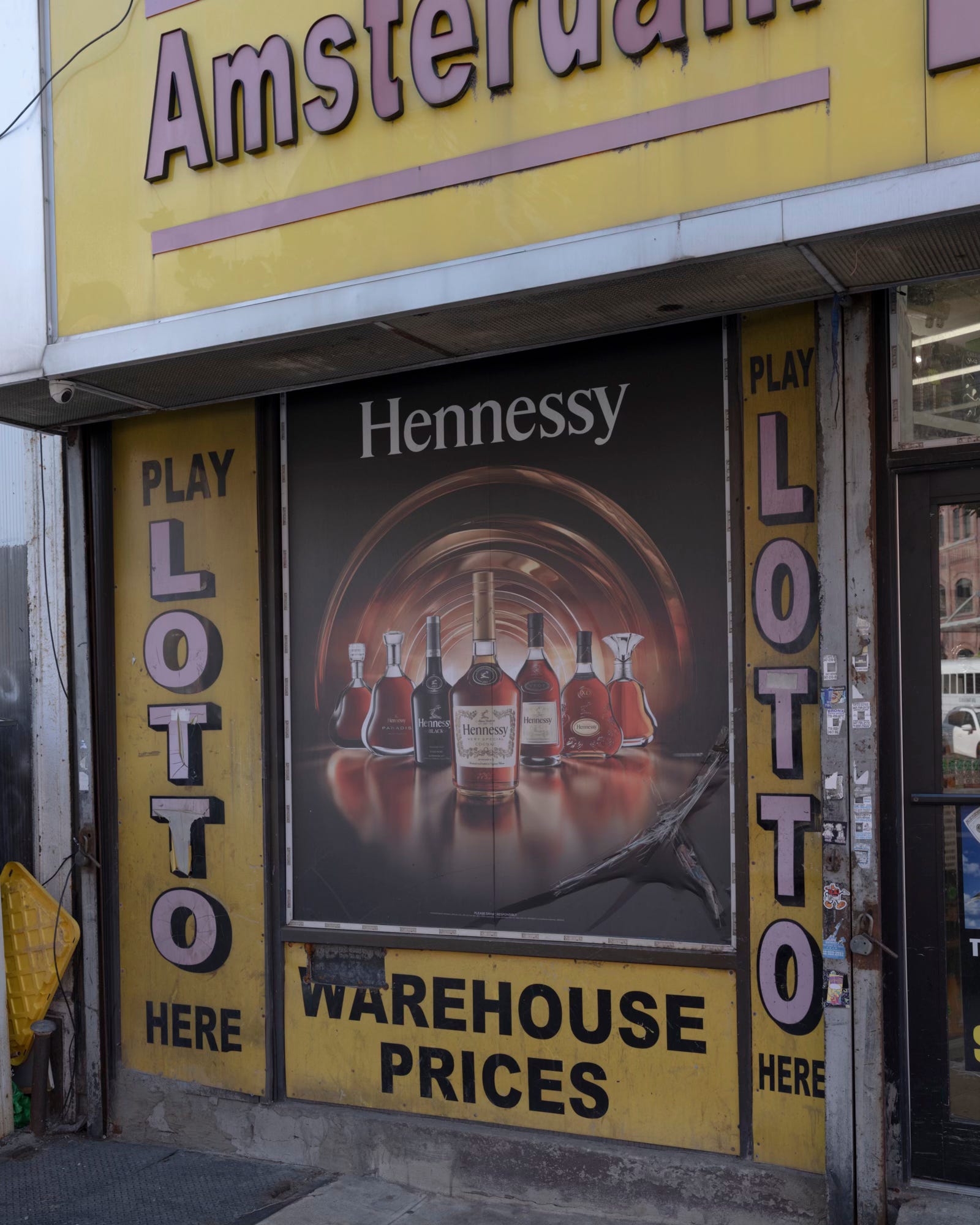


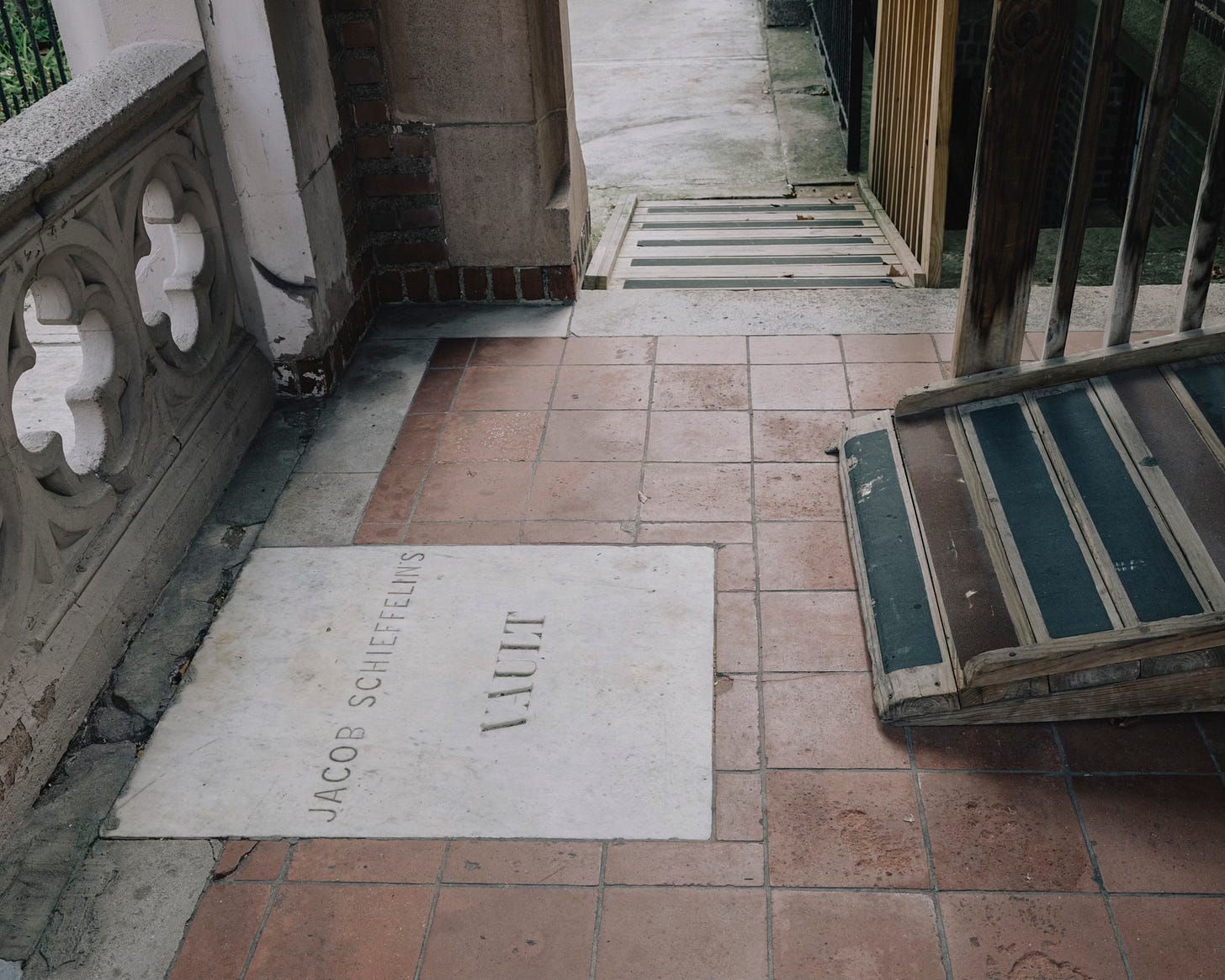


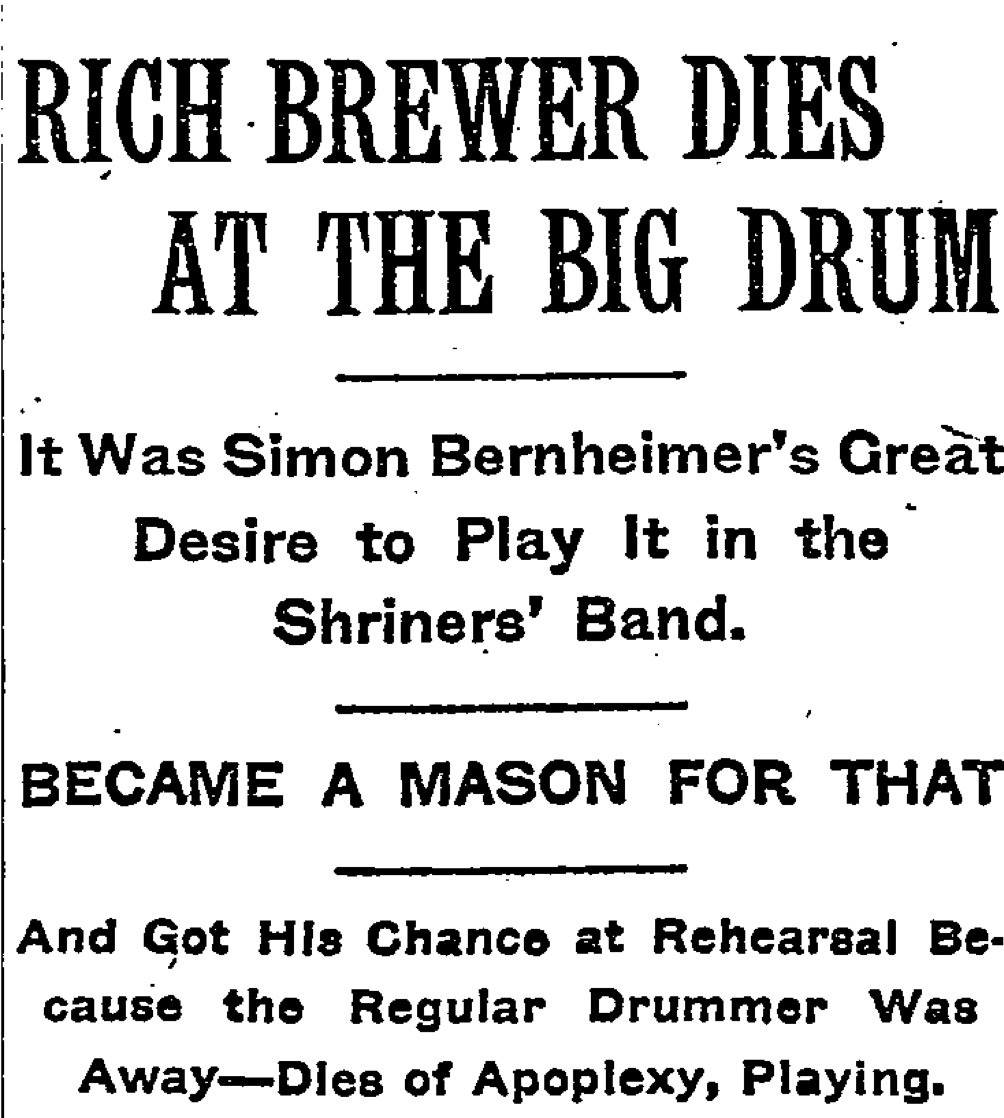
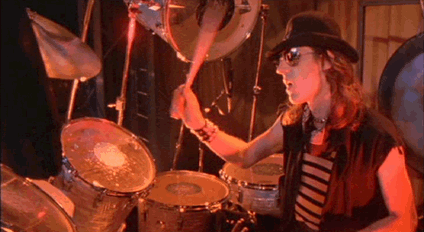


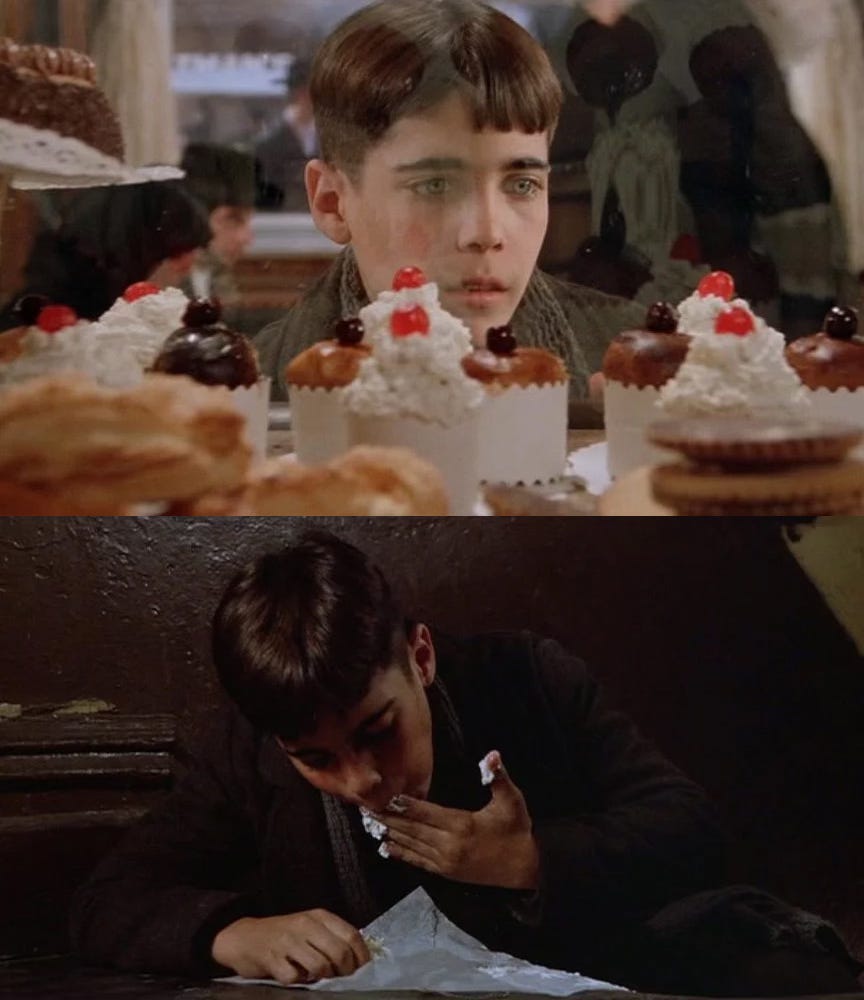
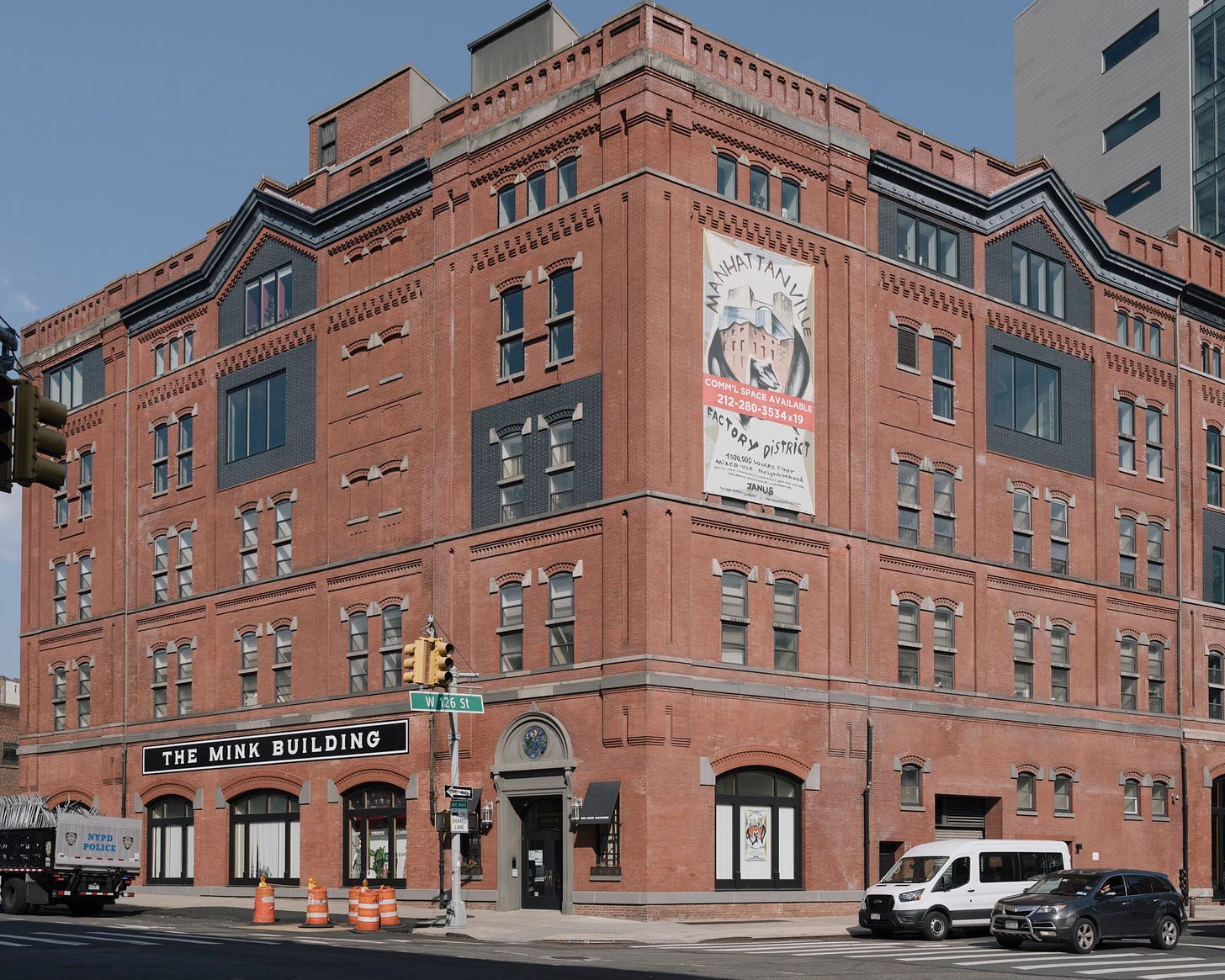
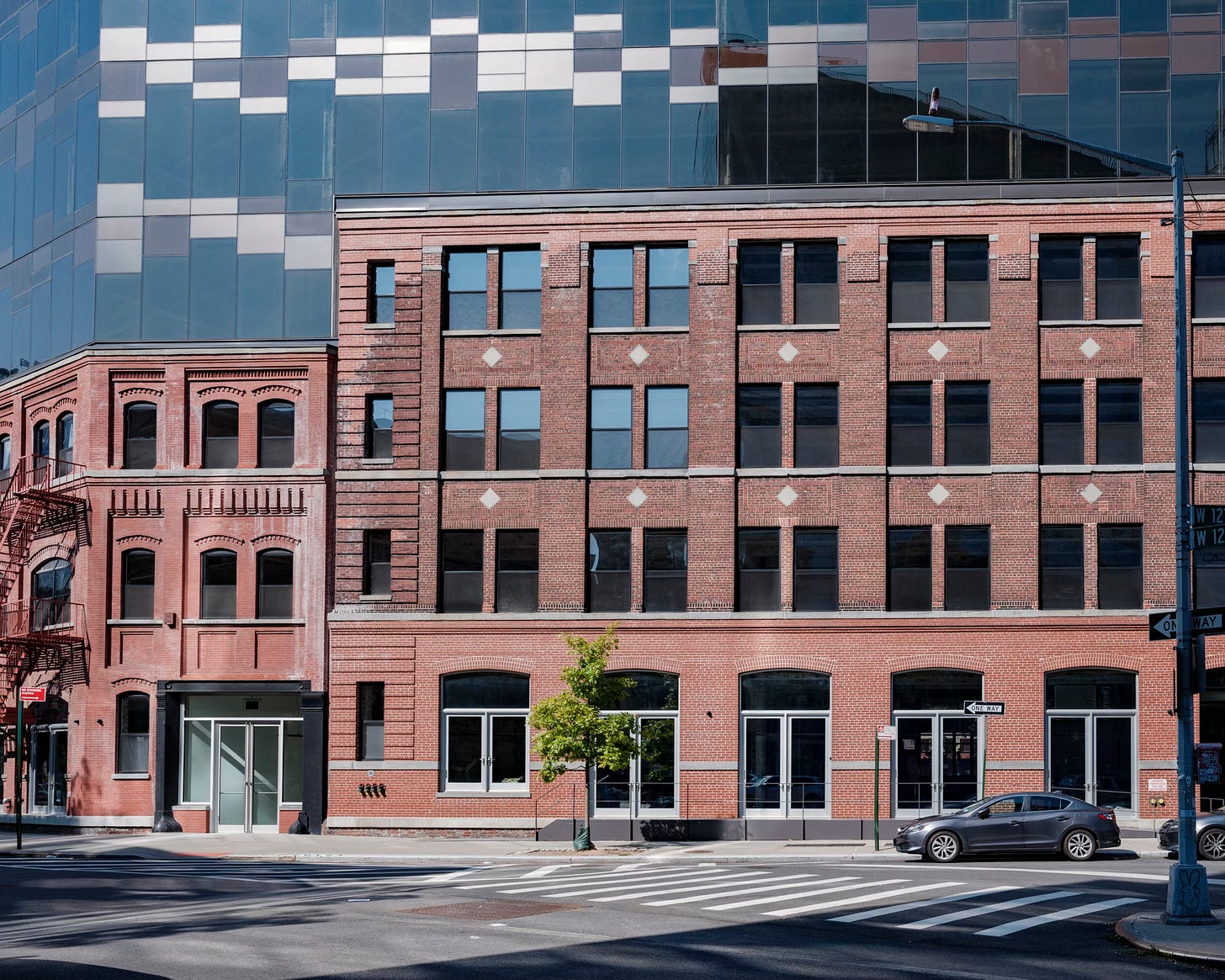
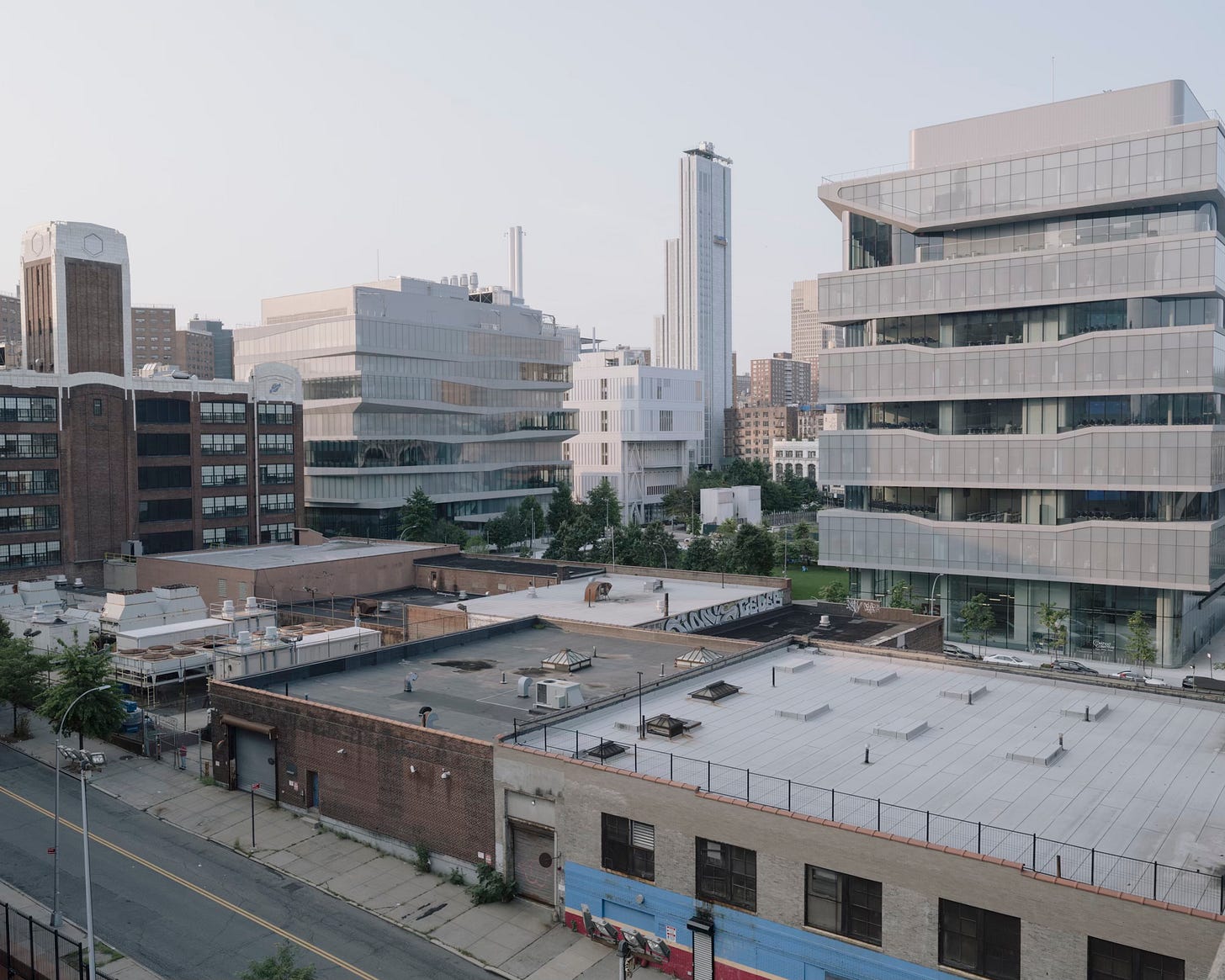
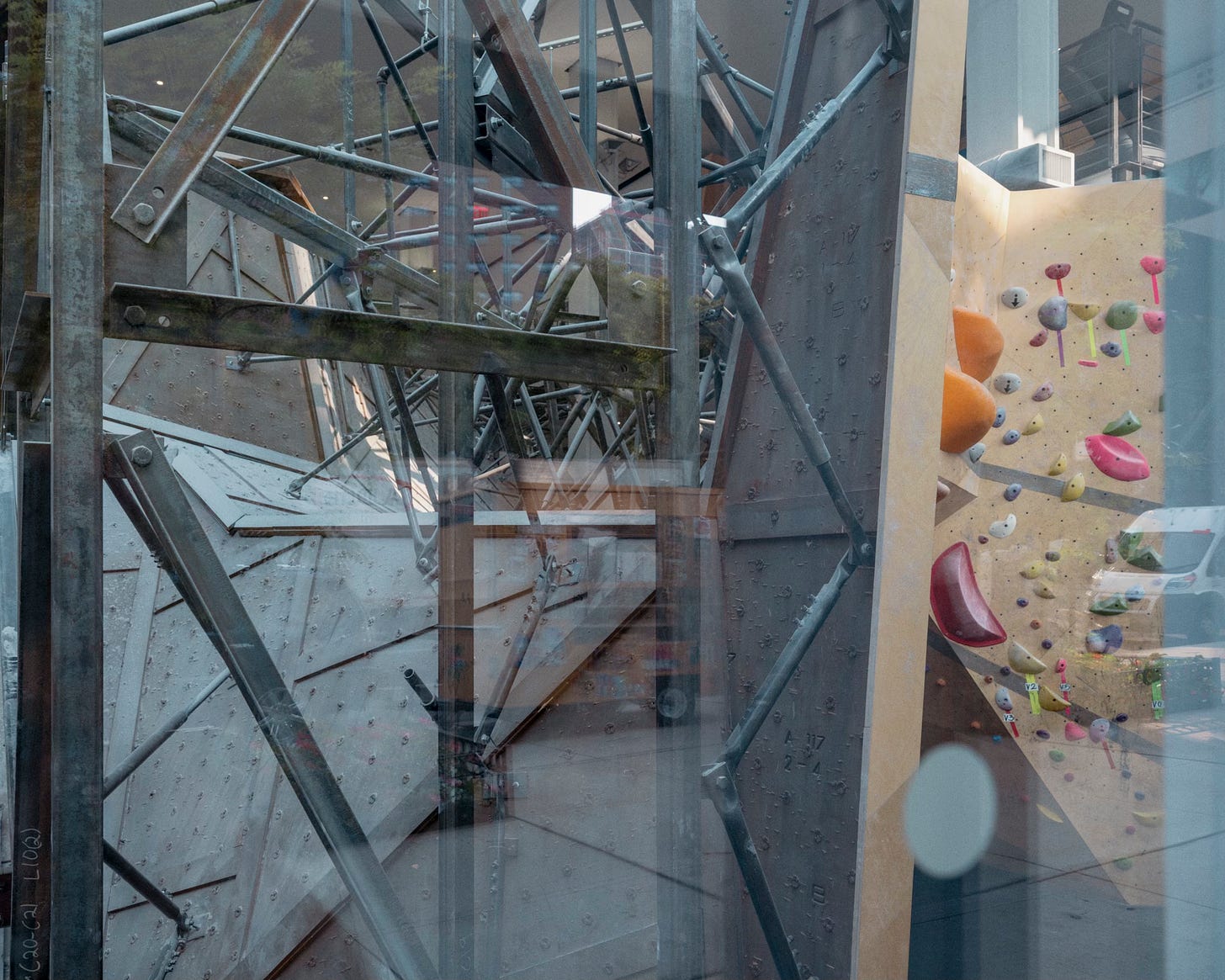
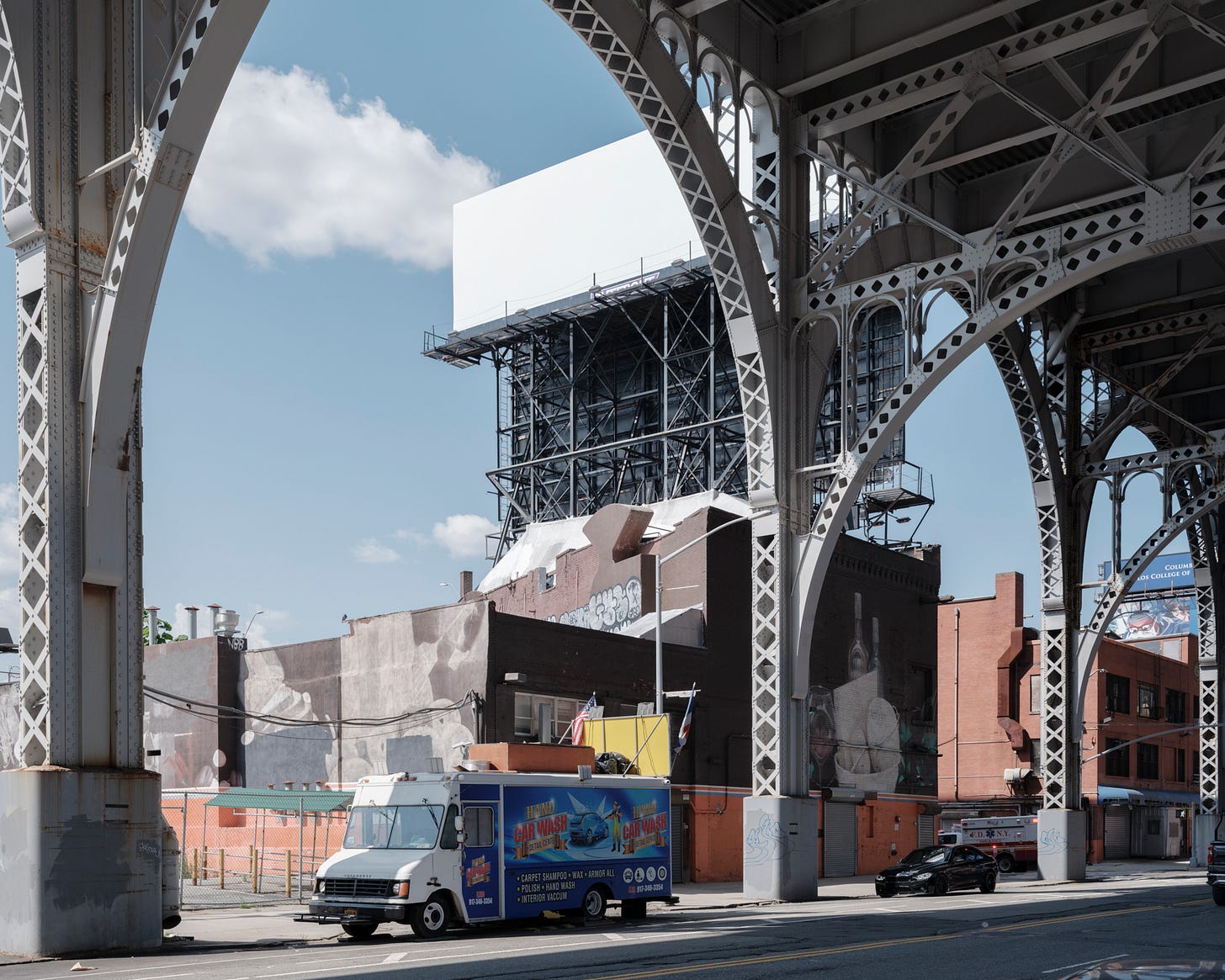
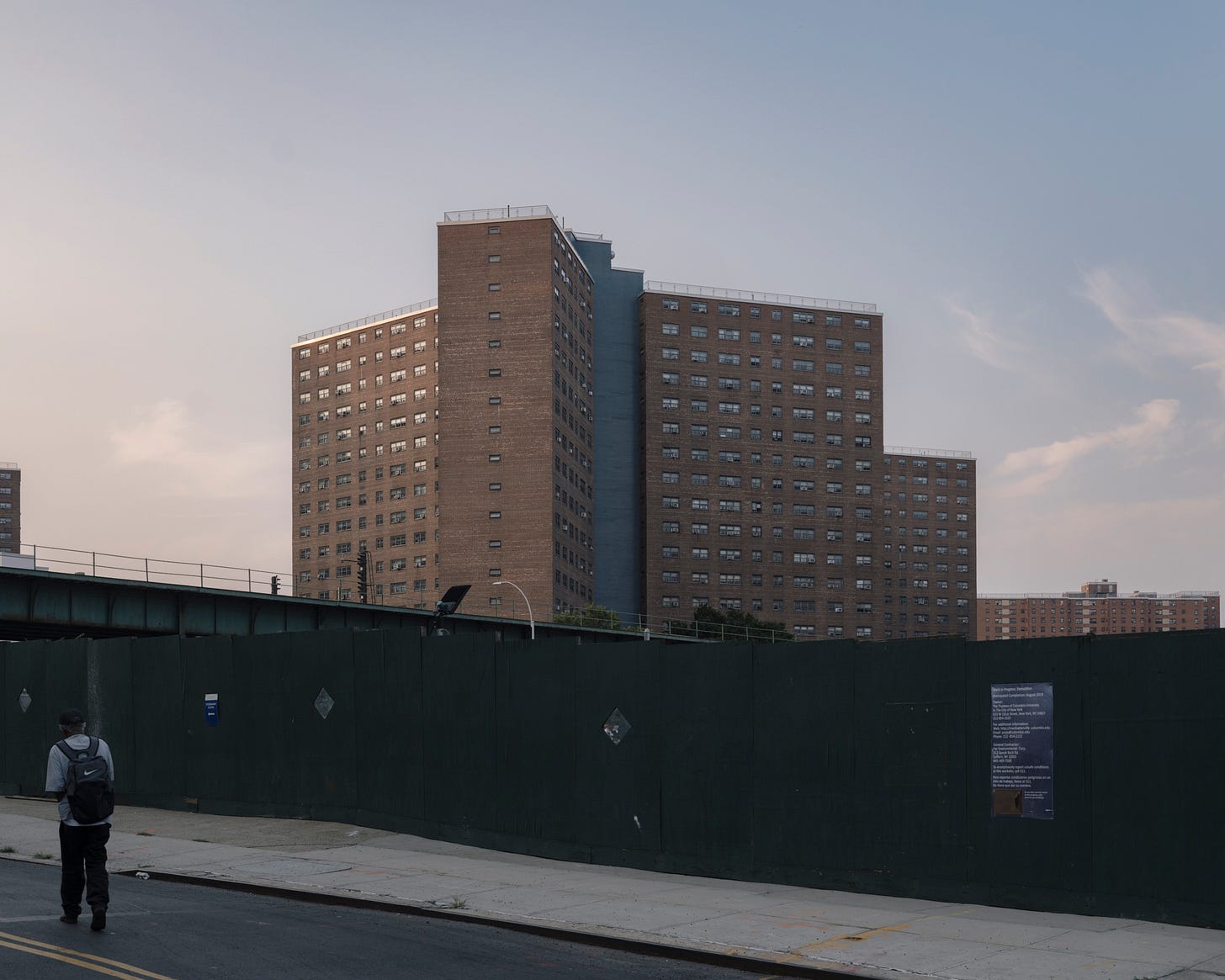
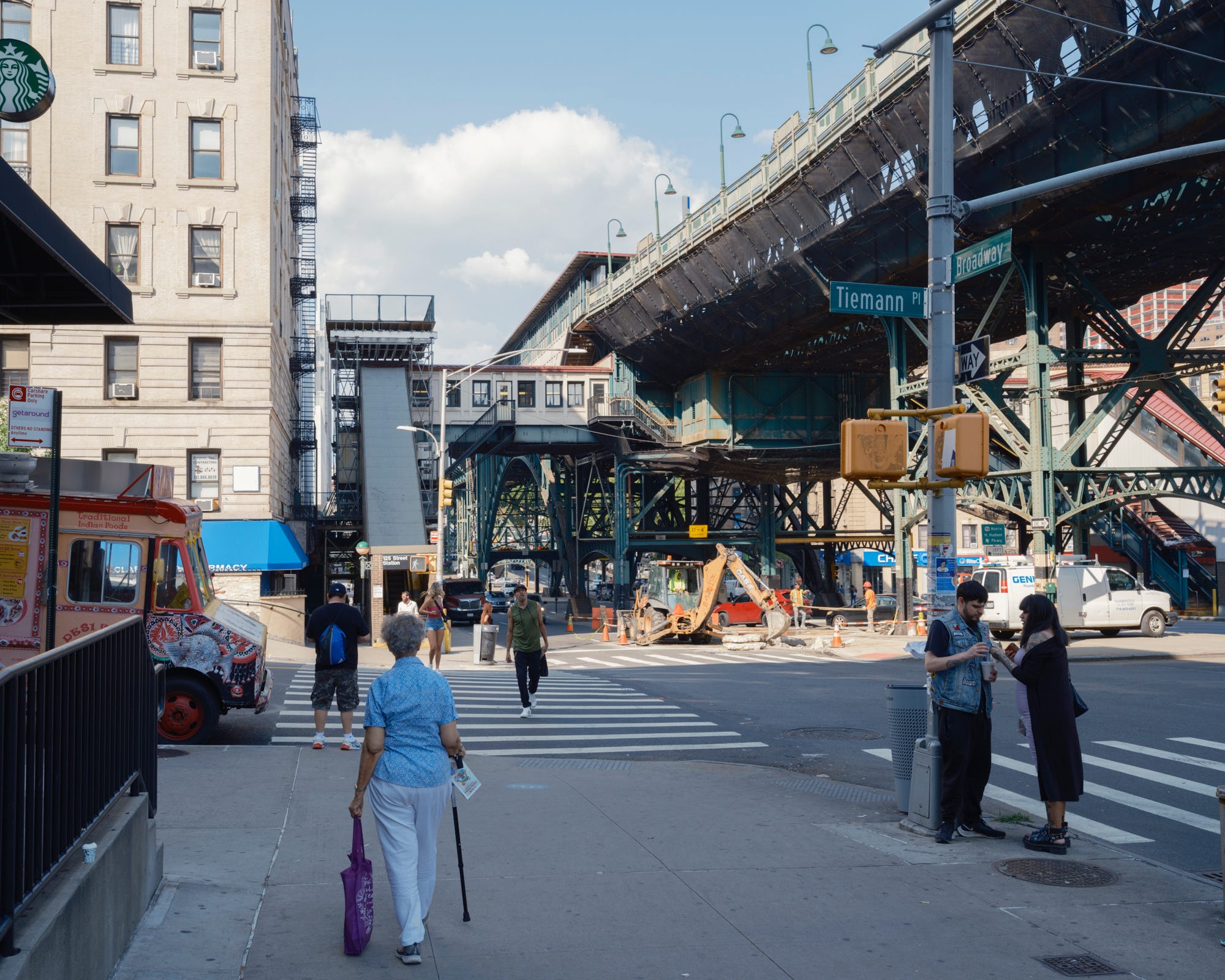
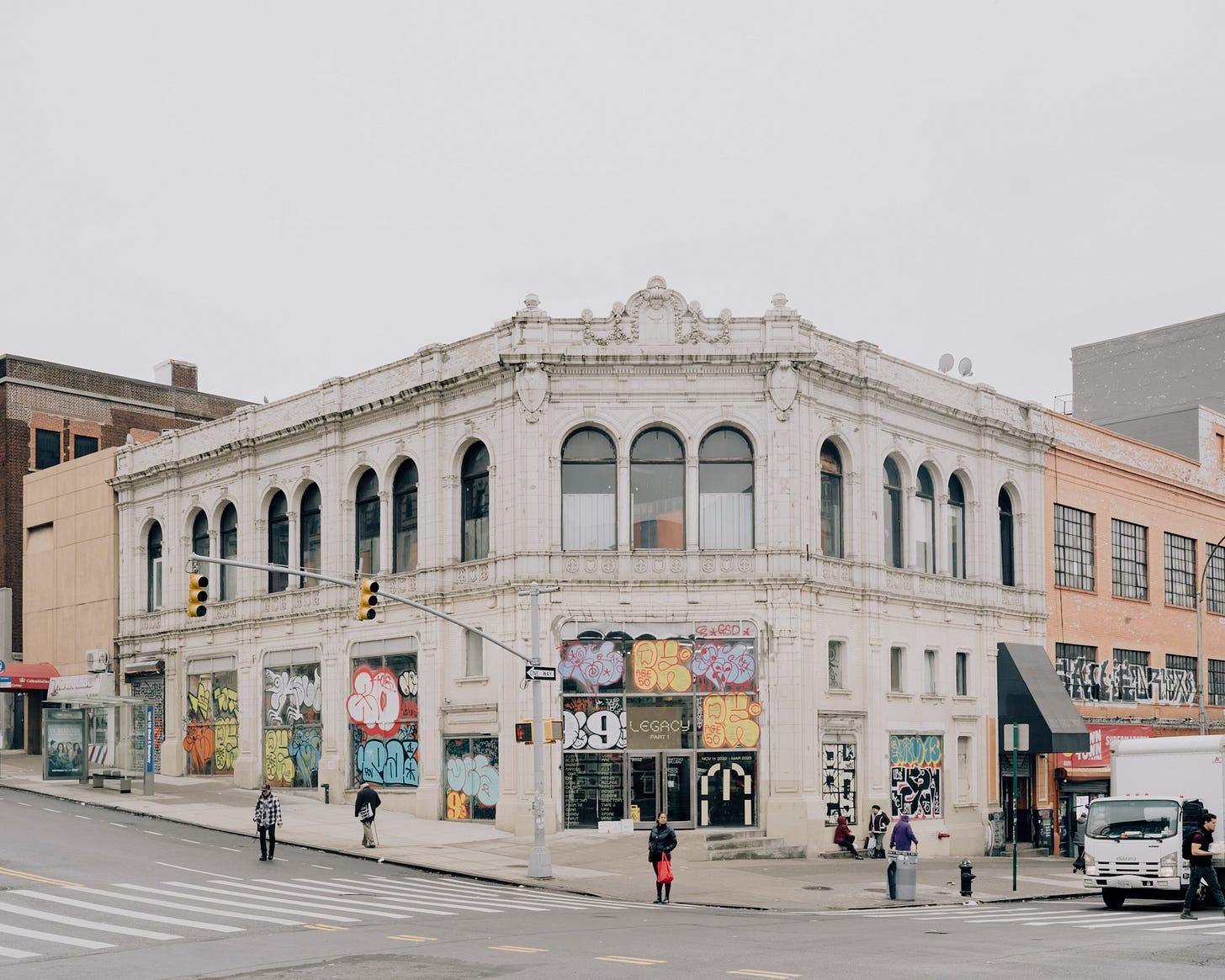

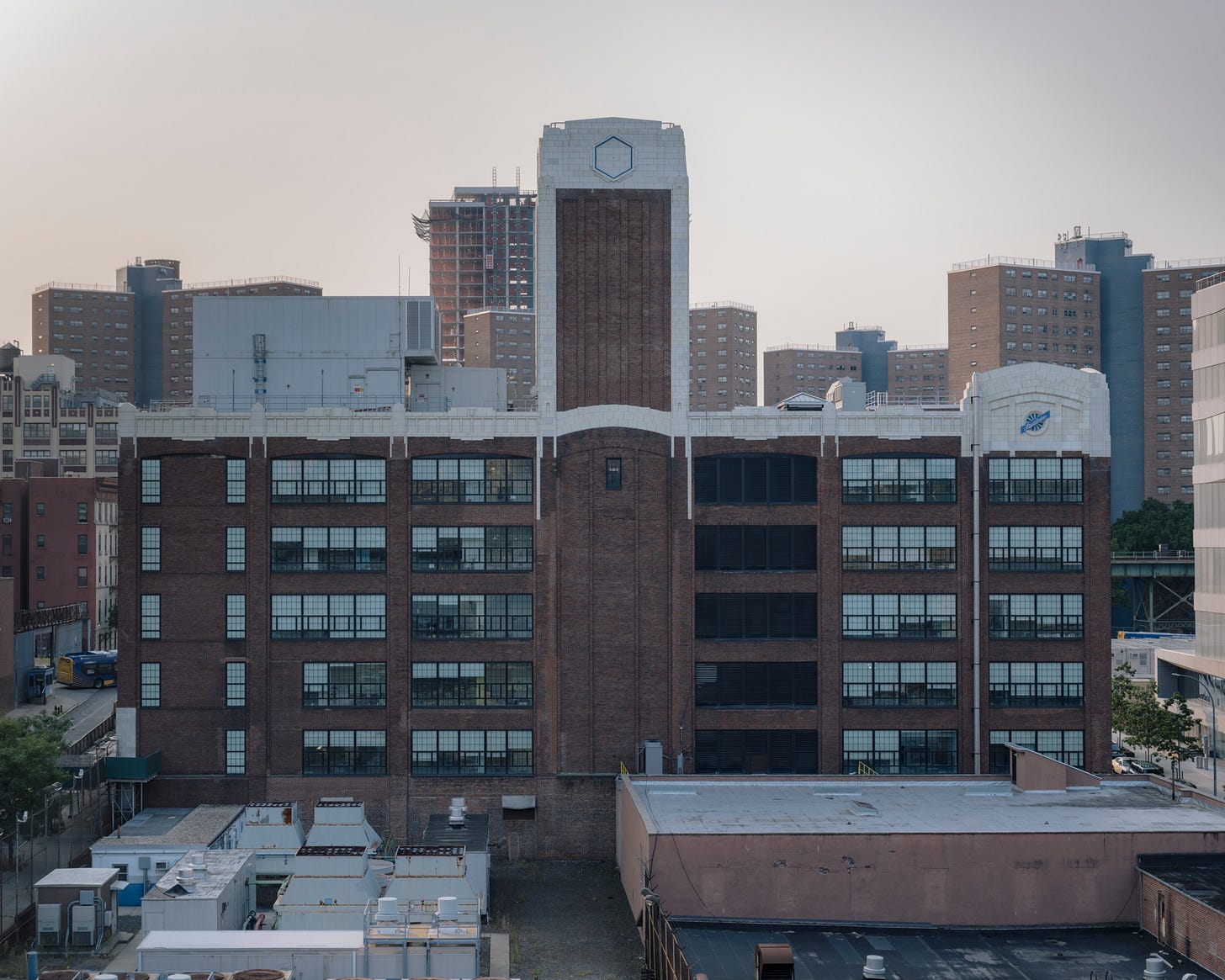

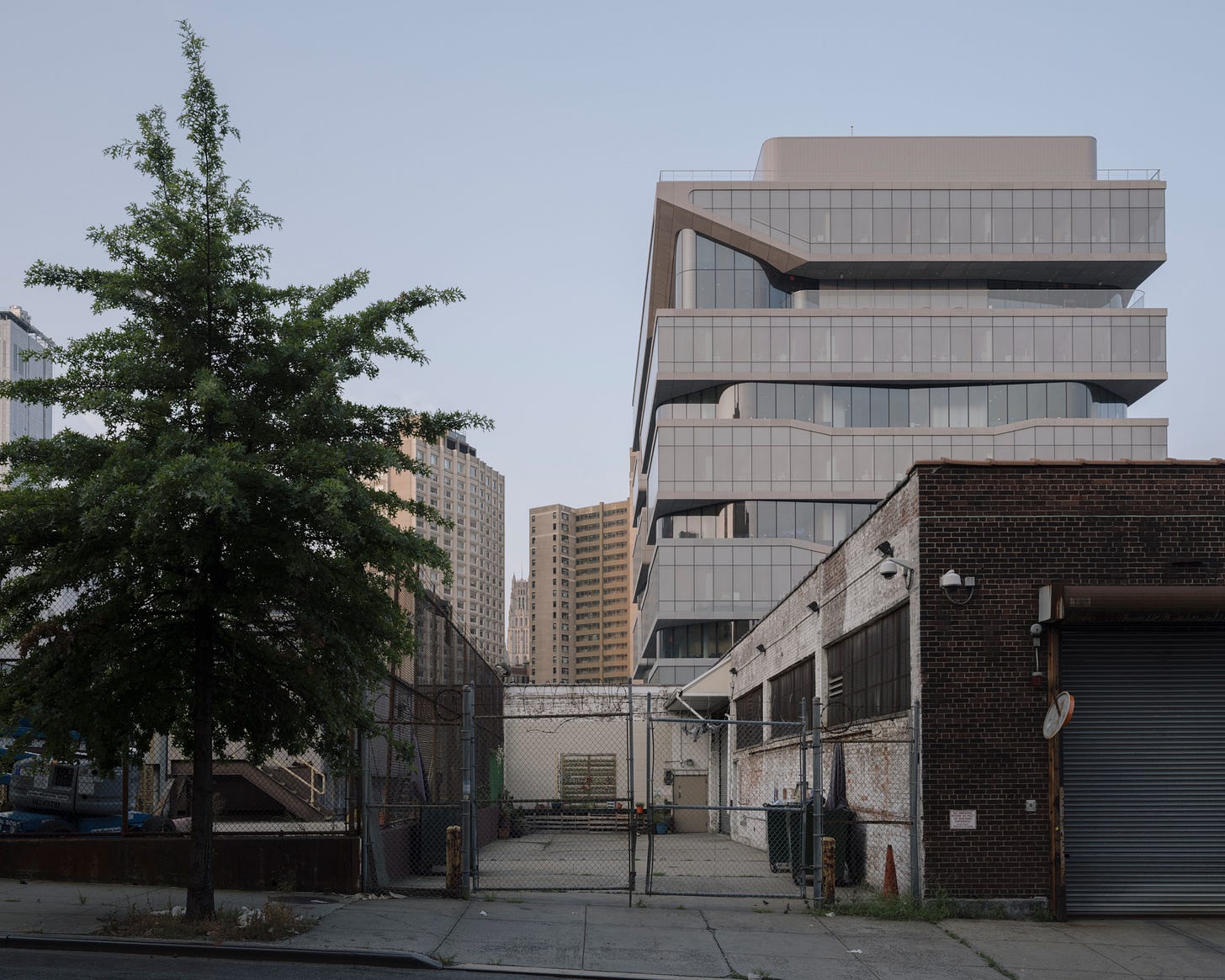



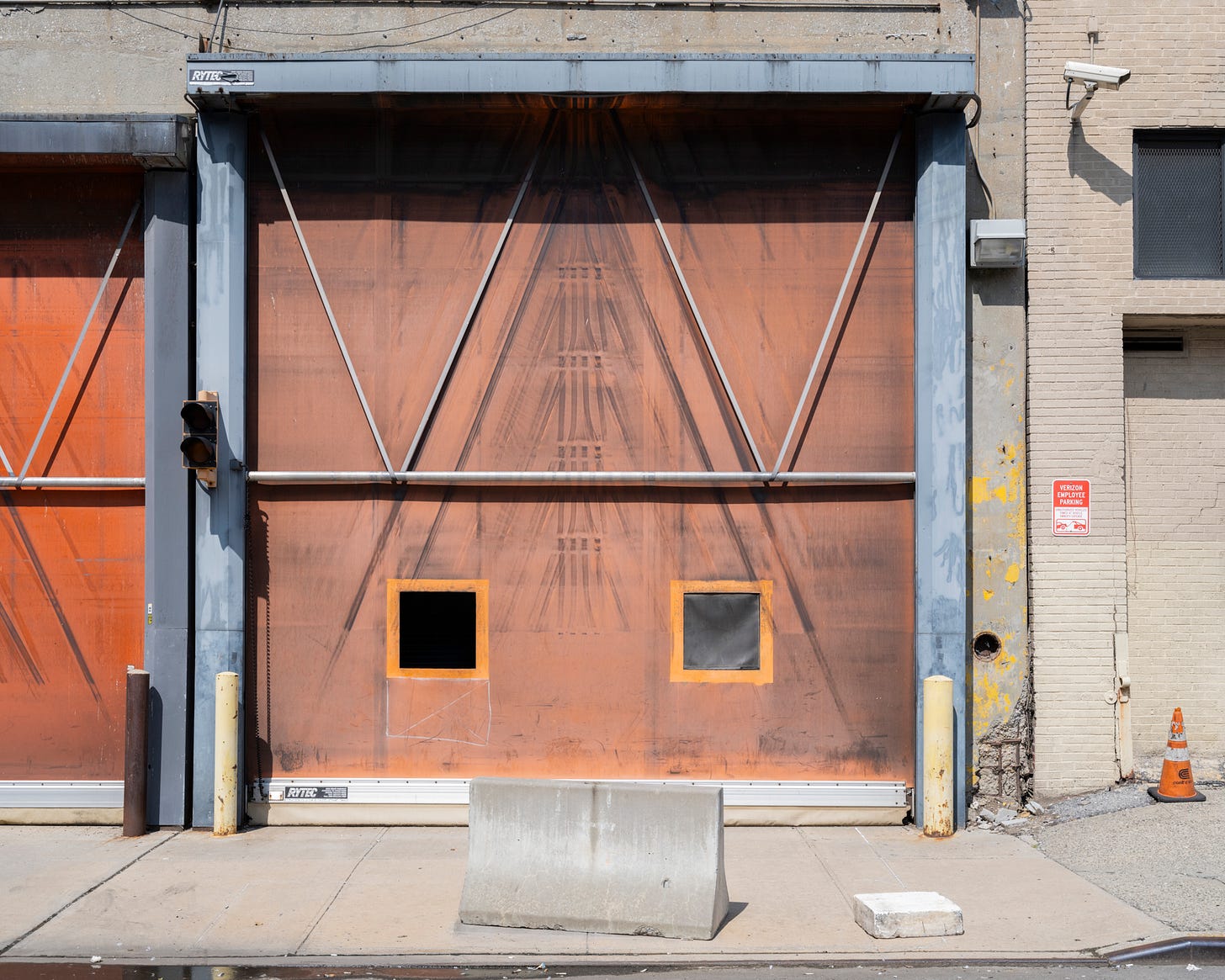
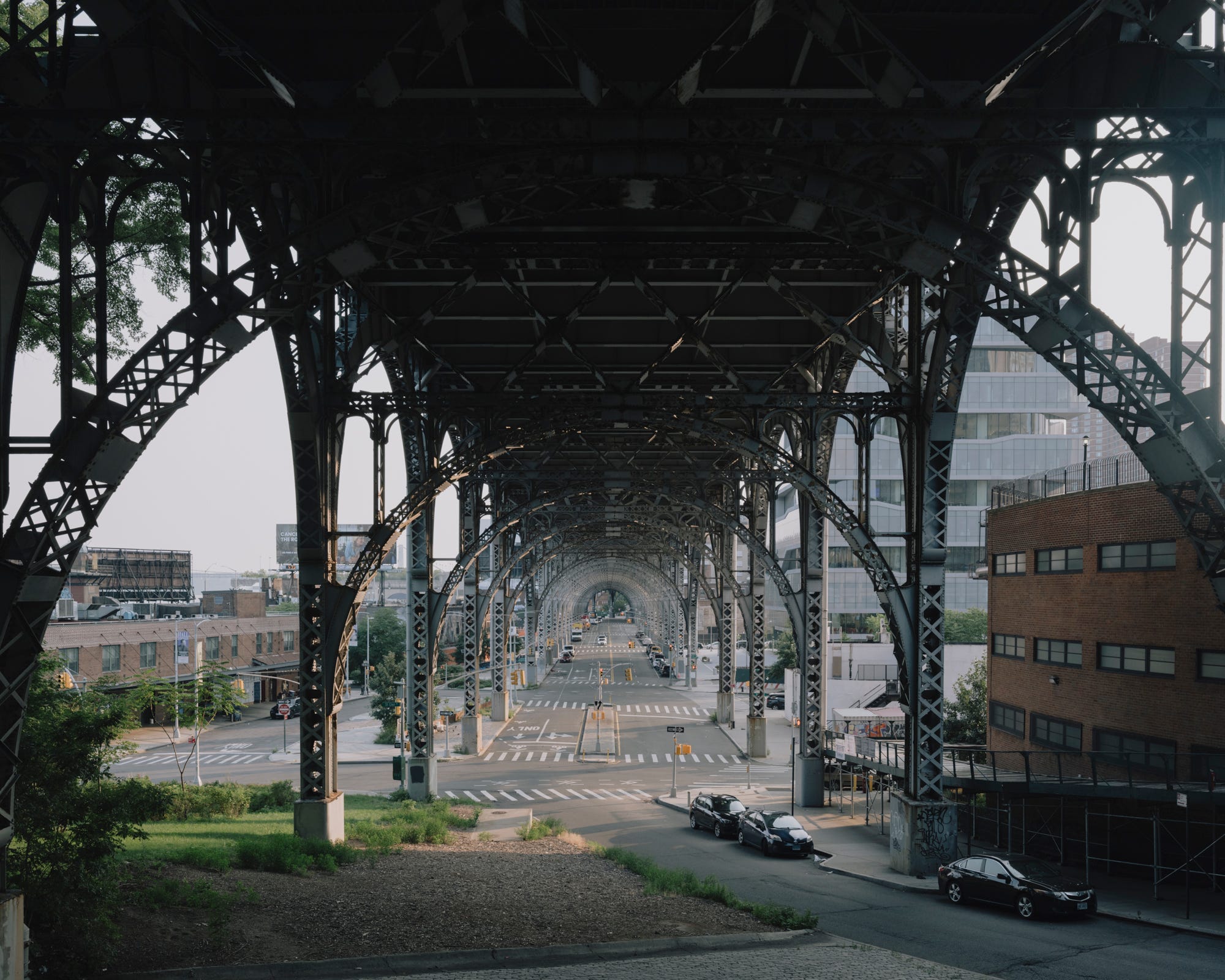



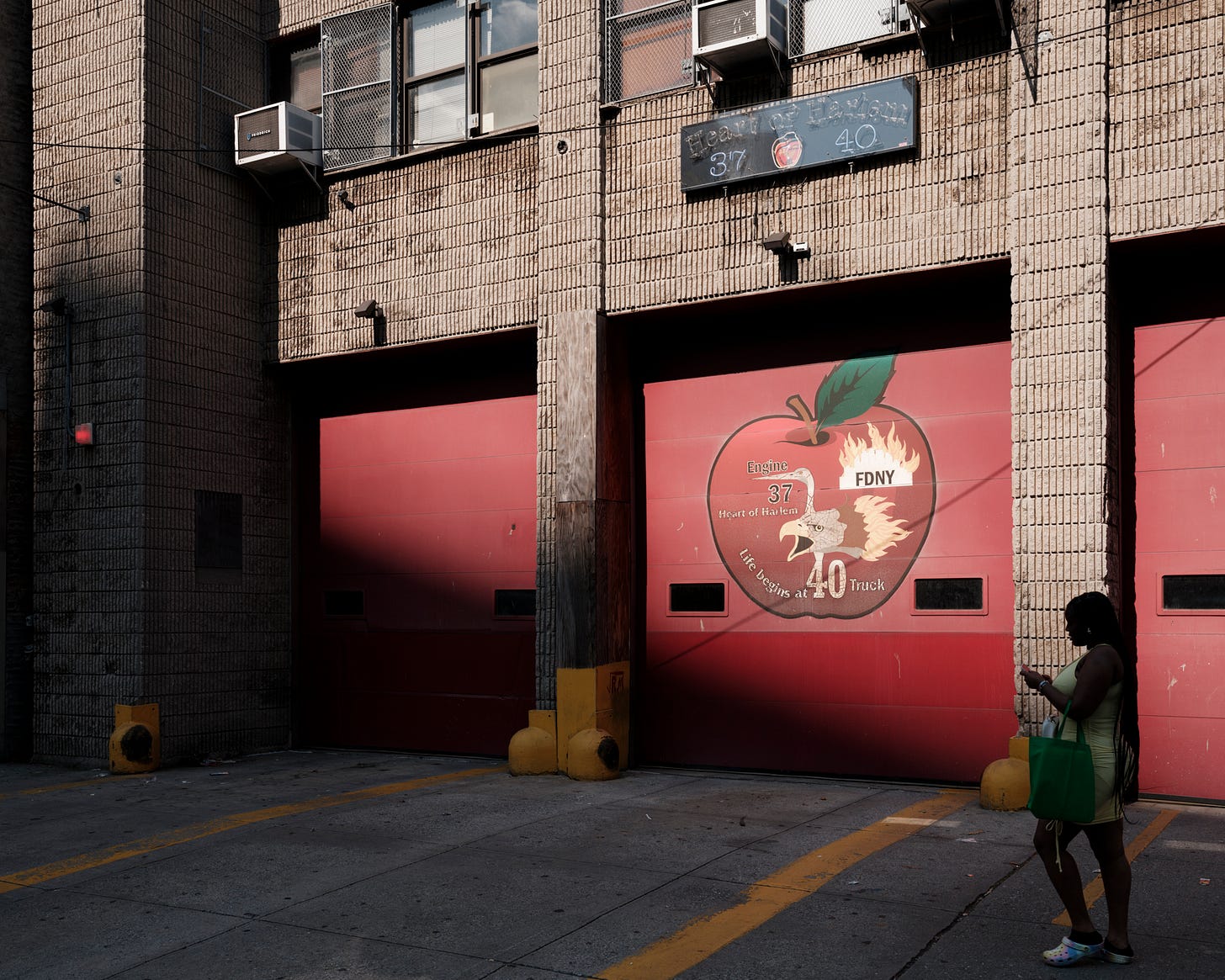
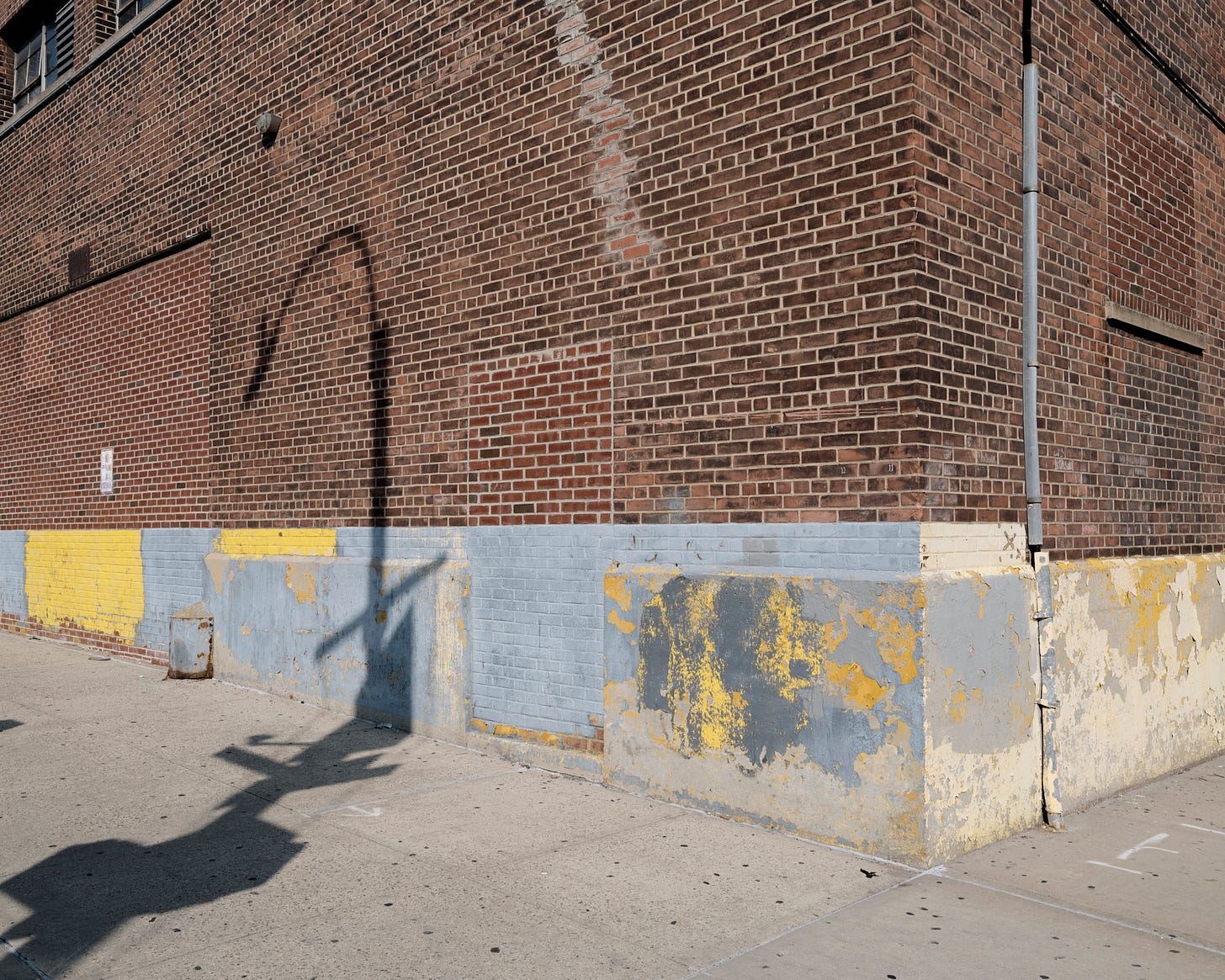
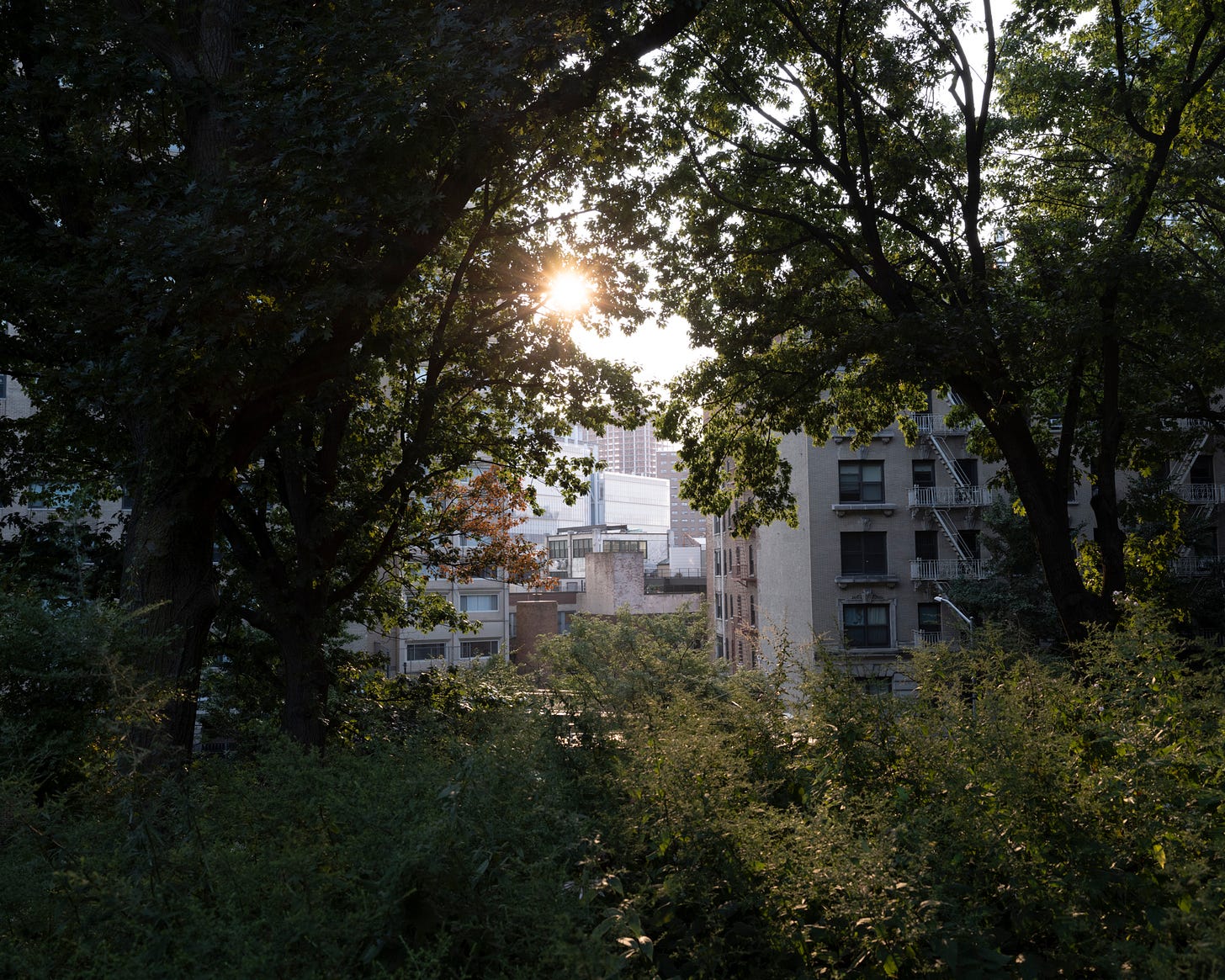
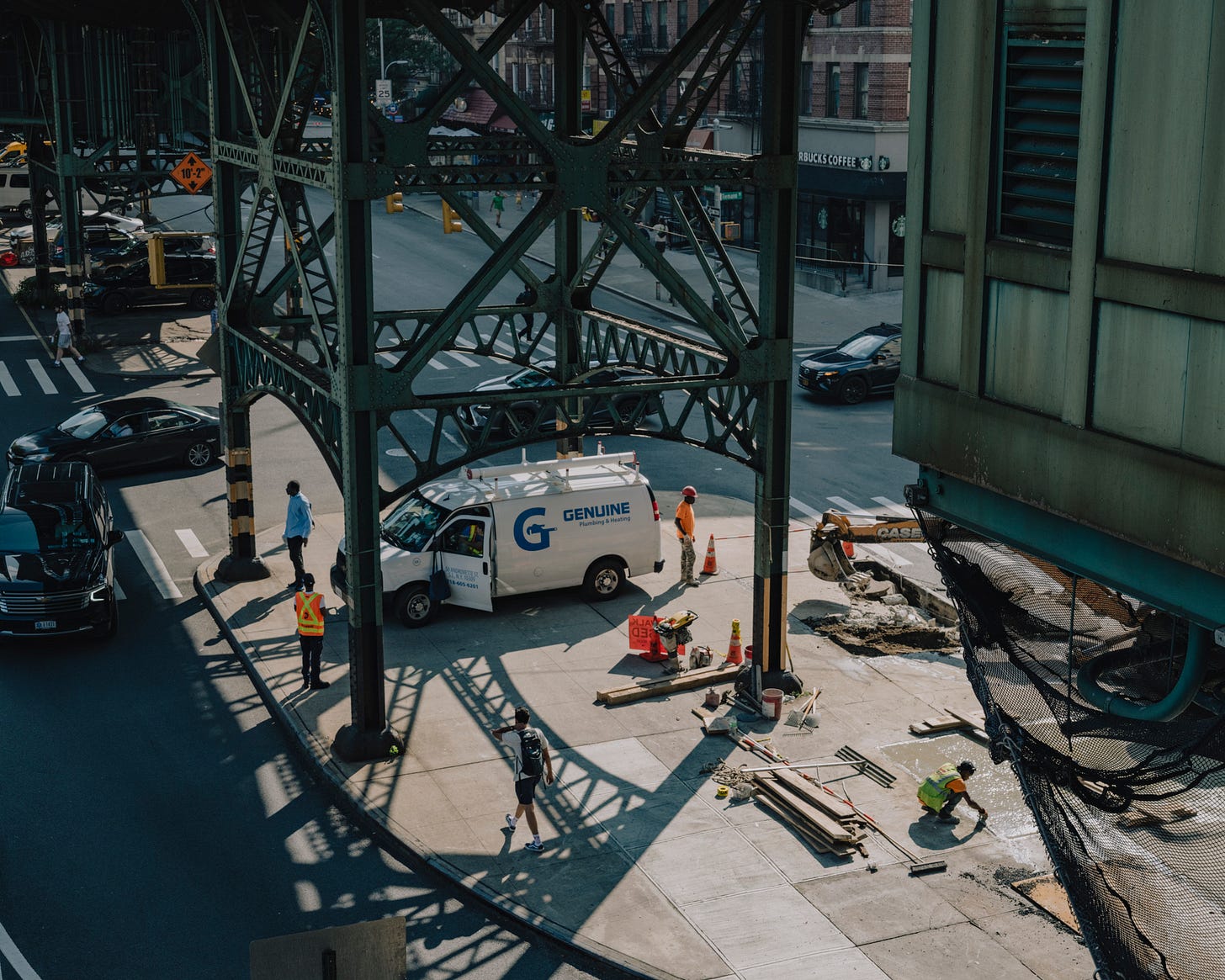


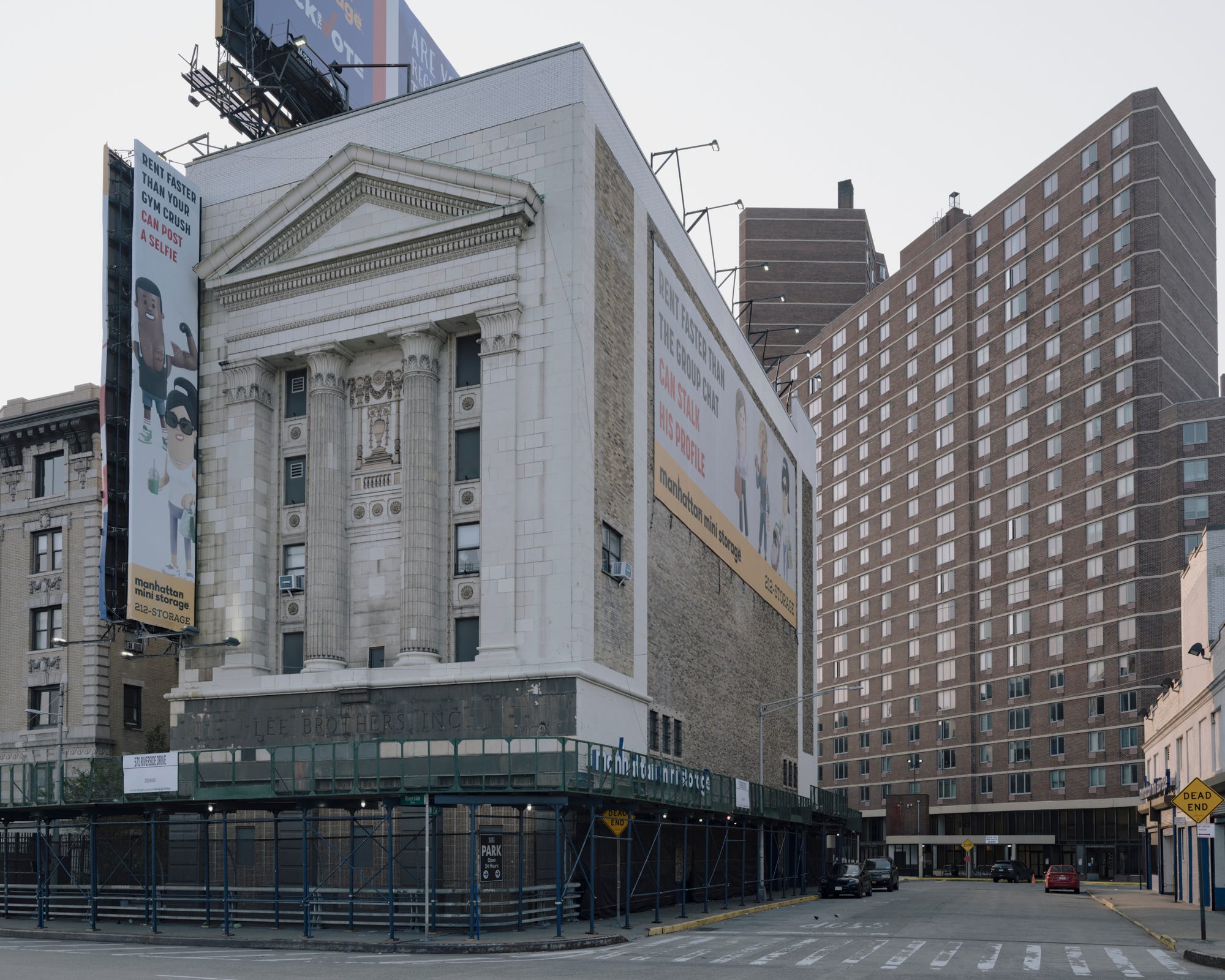
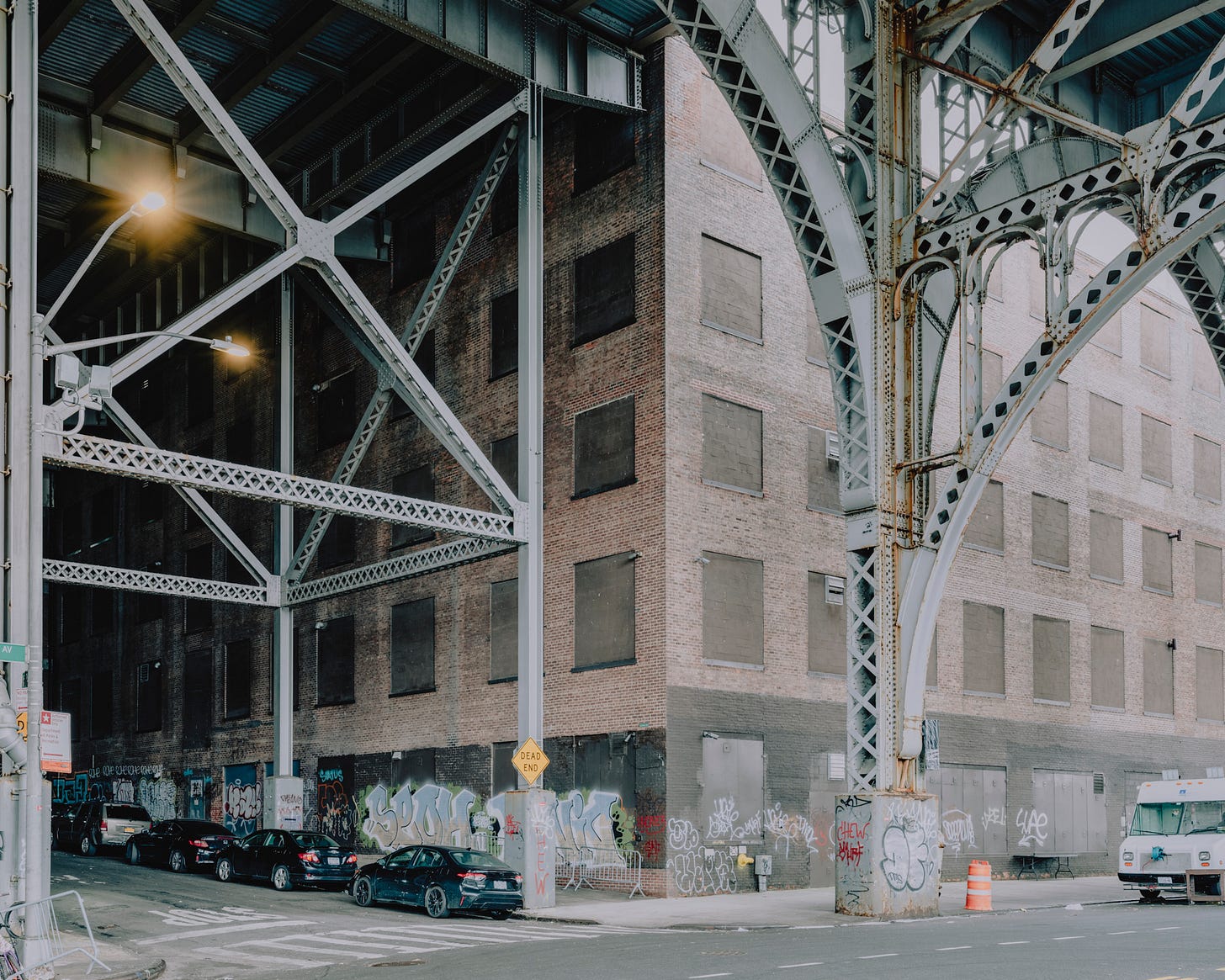

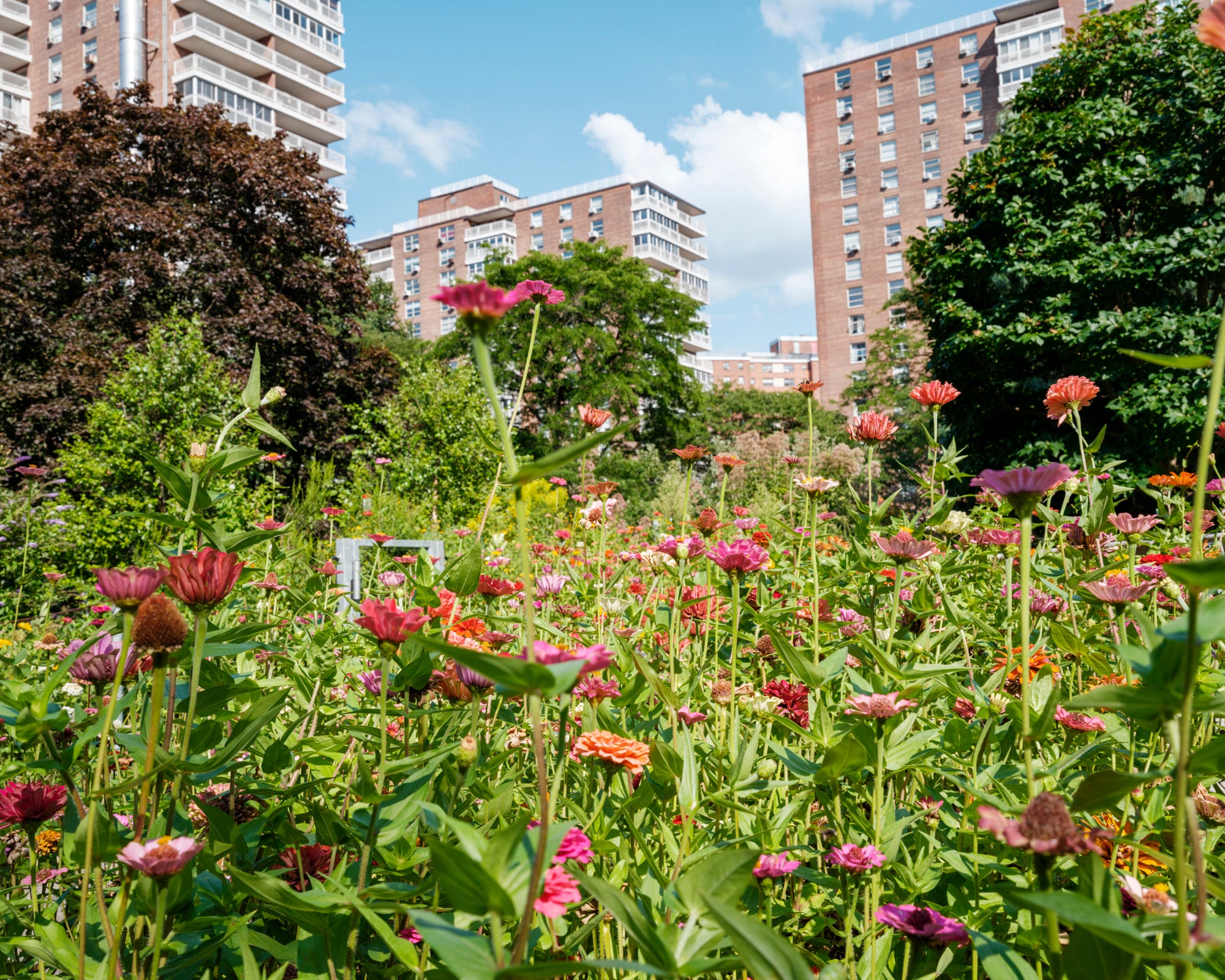
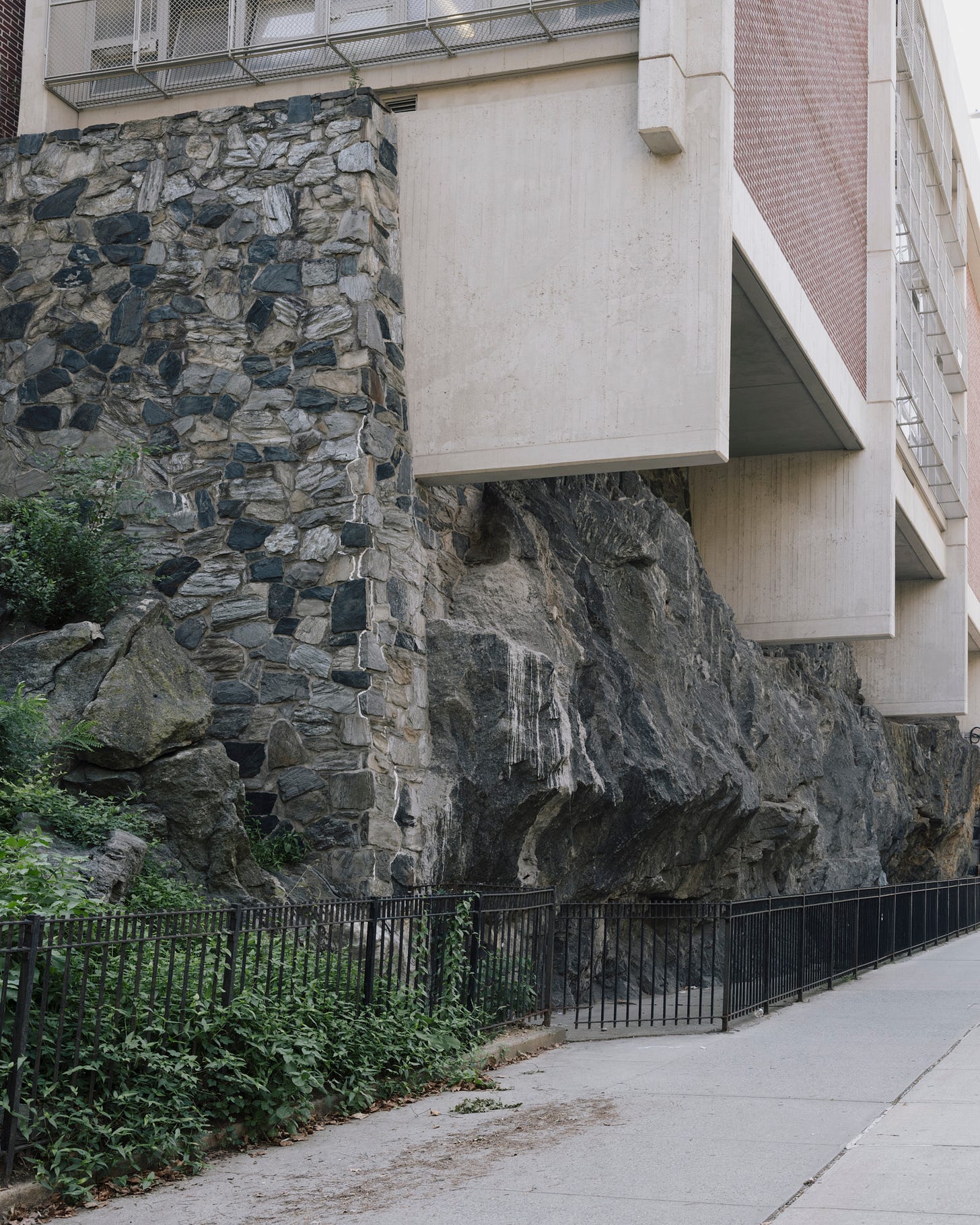
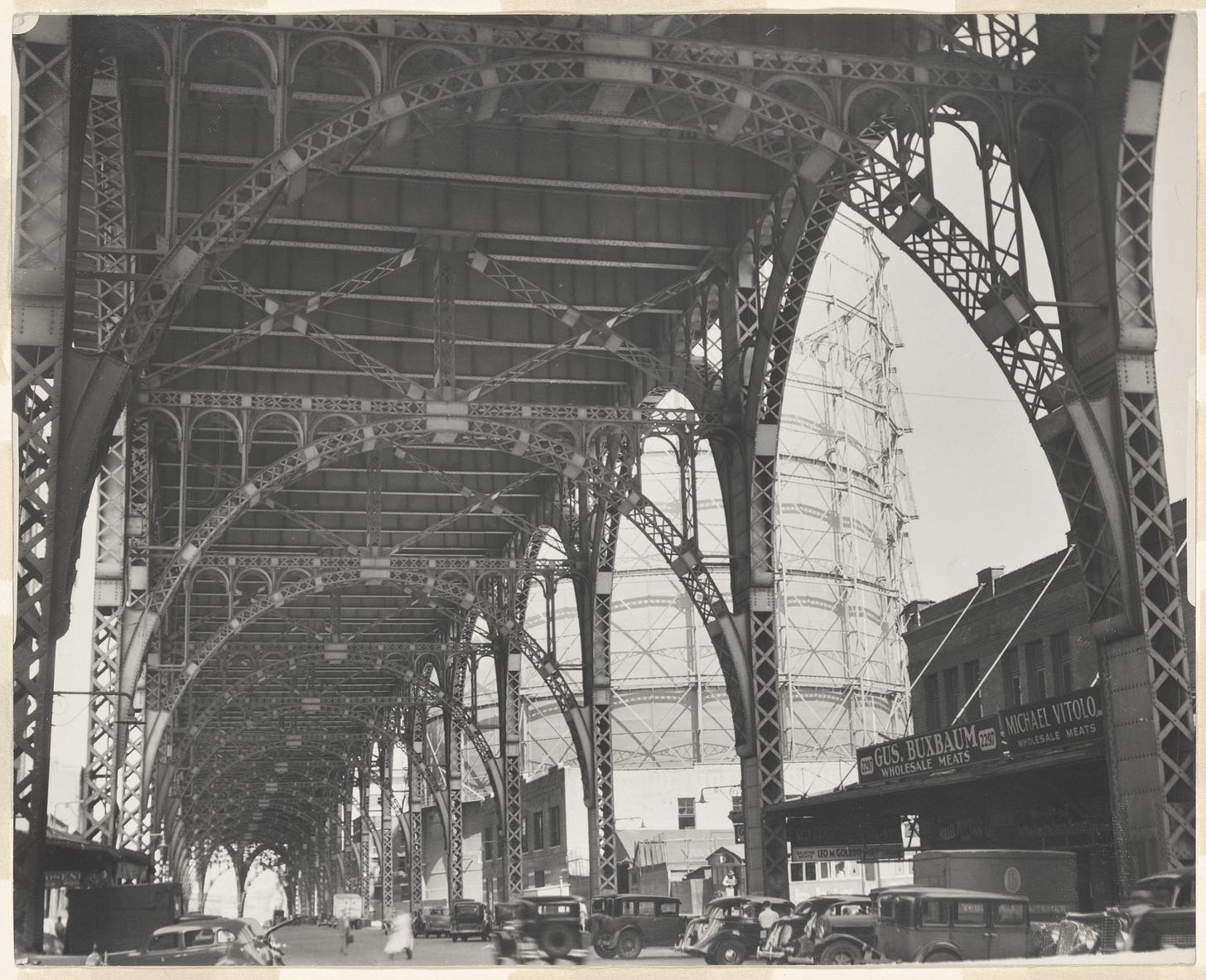

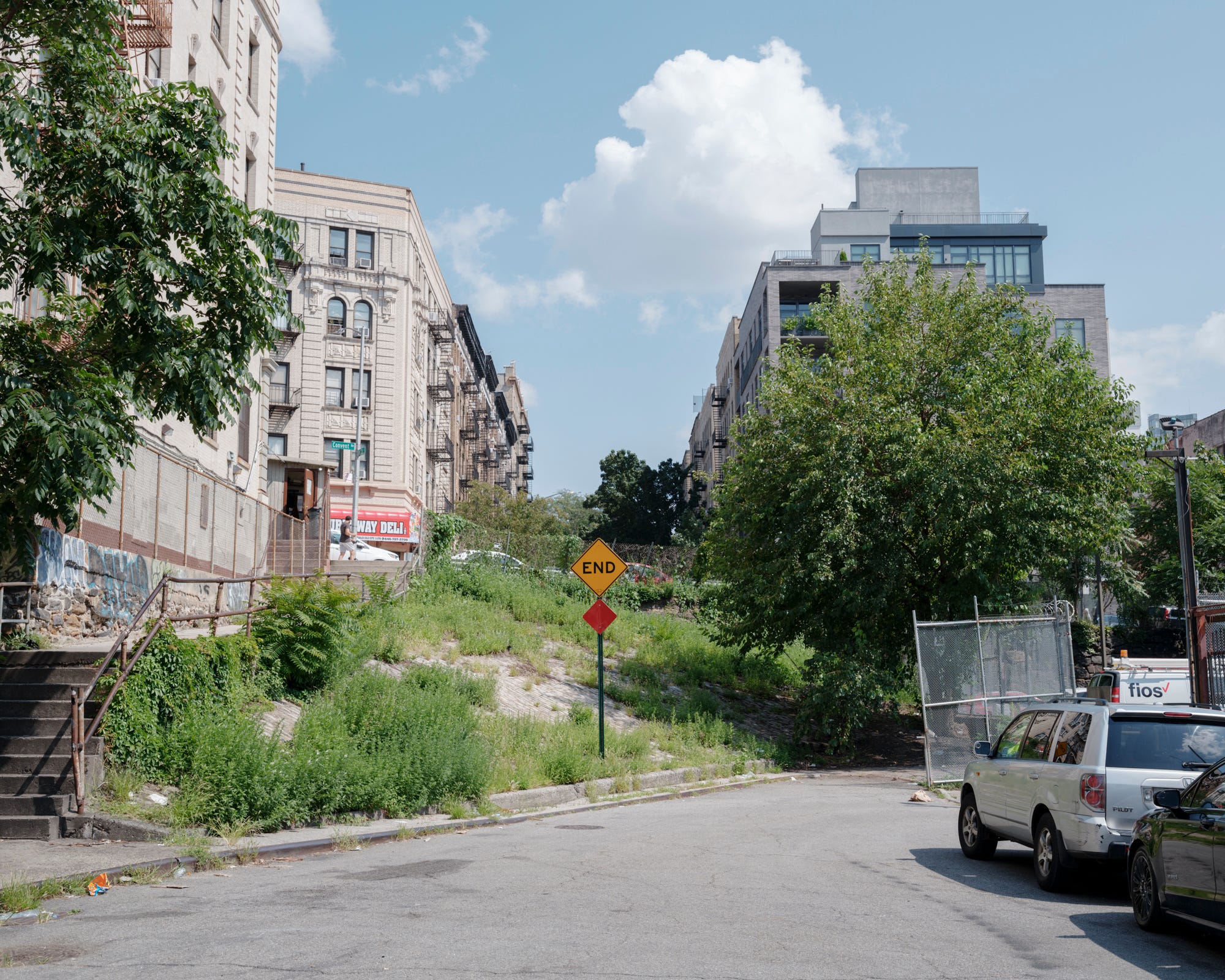
I know this neighborhood well, as I have friends who live at both the Grant and Manhattanville government subsidized housing units there. Thank you for showcasing it!
Extremely interesting as always, loving learning the history of the neighbourhoods and how they changes (a topic I'm very interested in). Good posts that make you look at them through a different lens and illustrate well their evolution and development. Many thanks